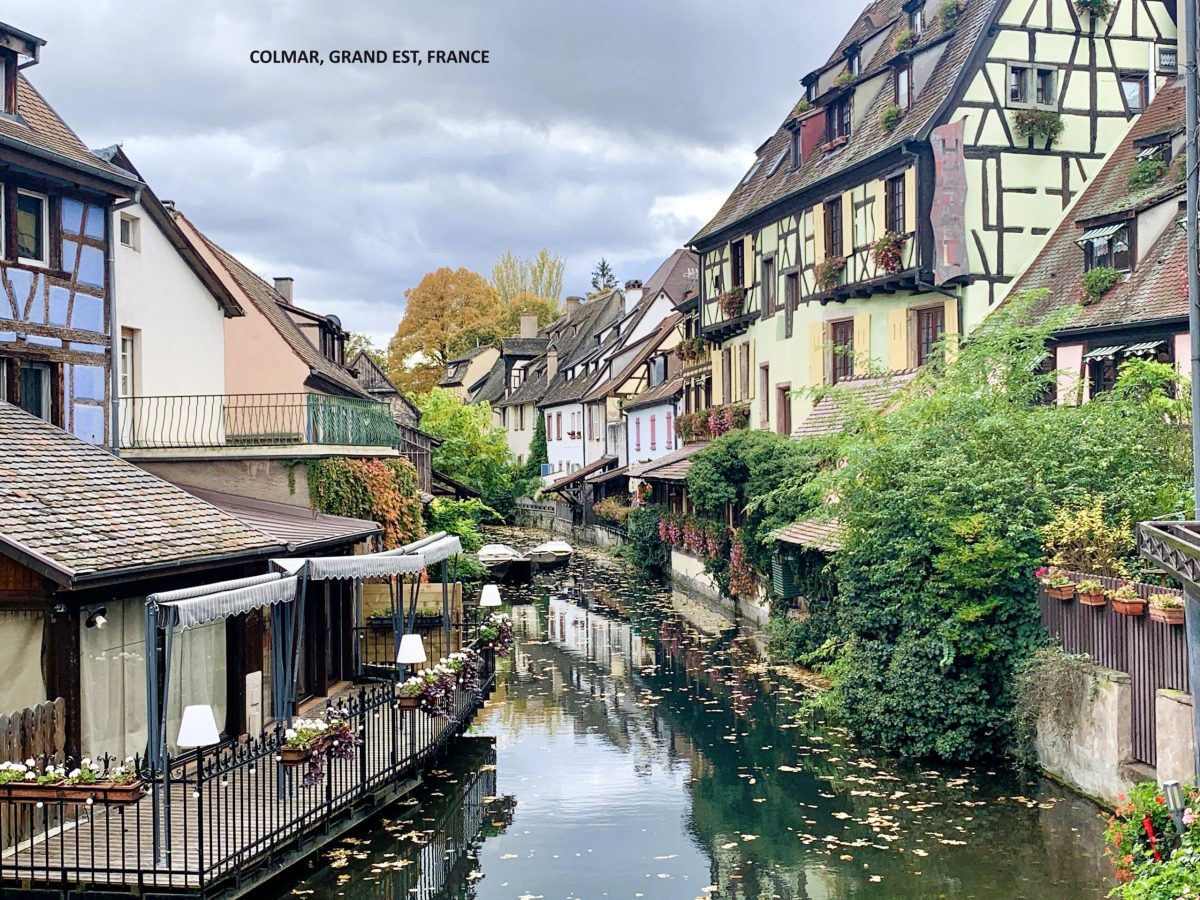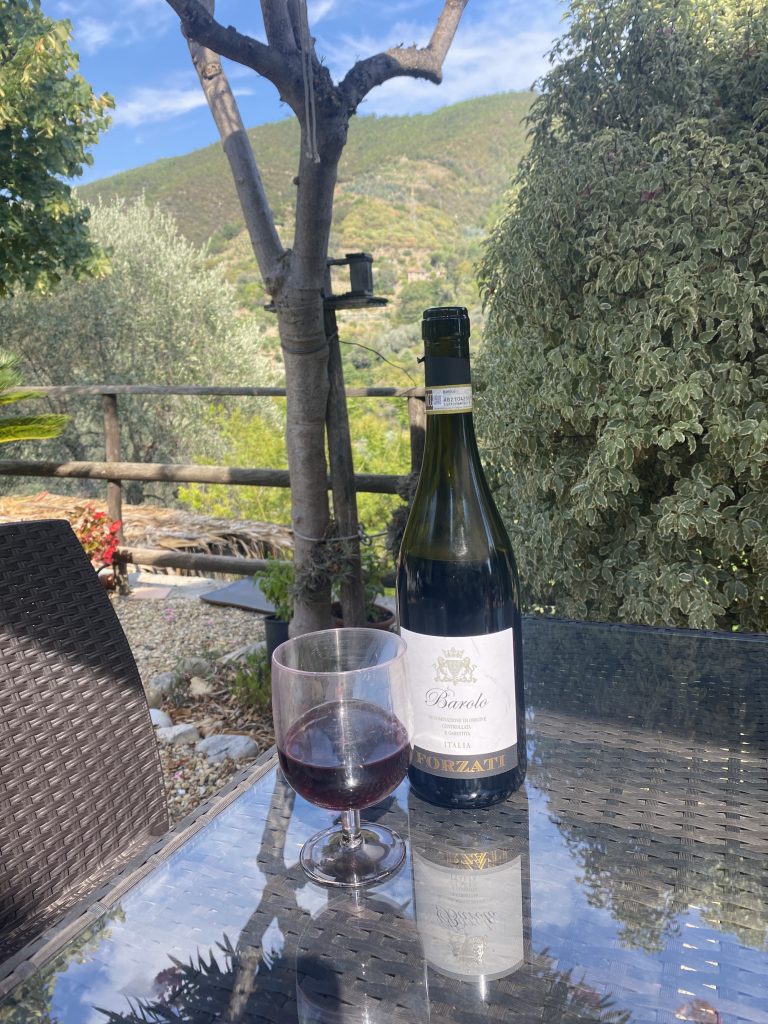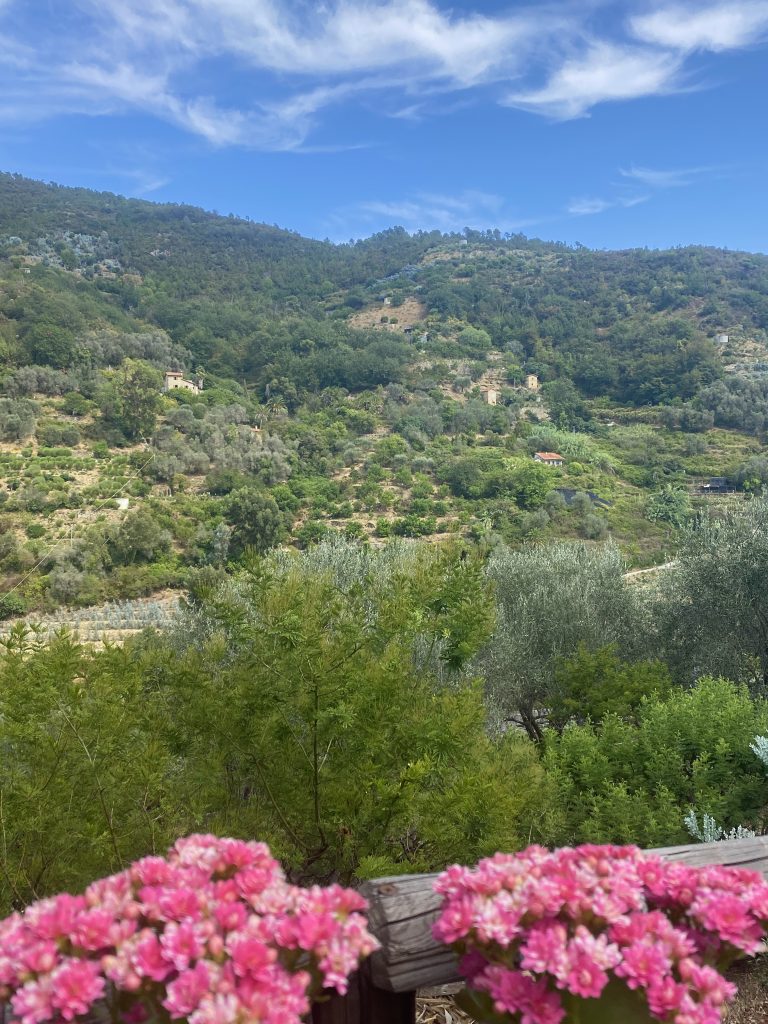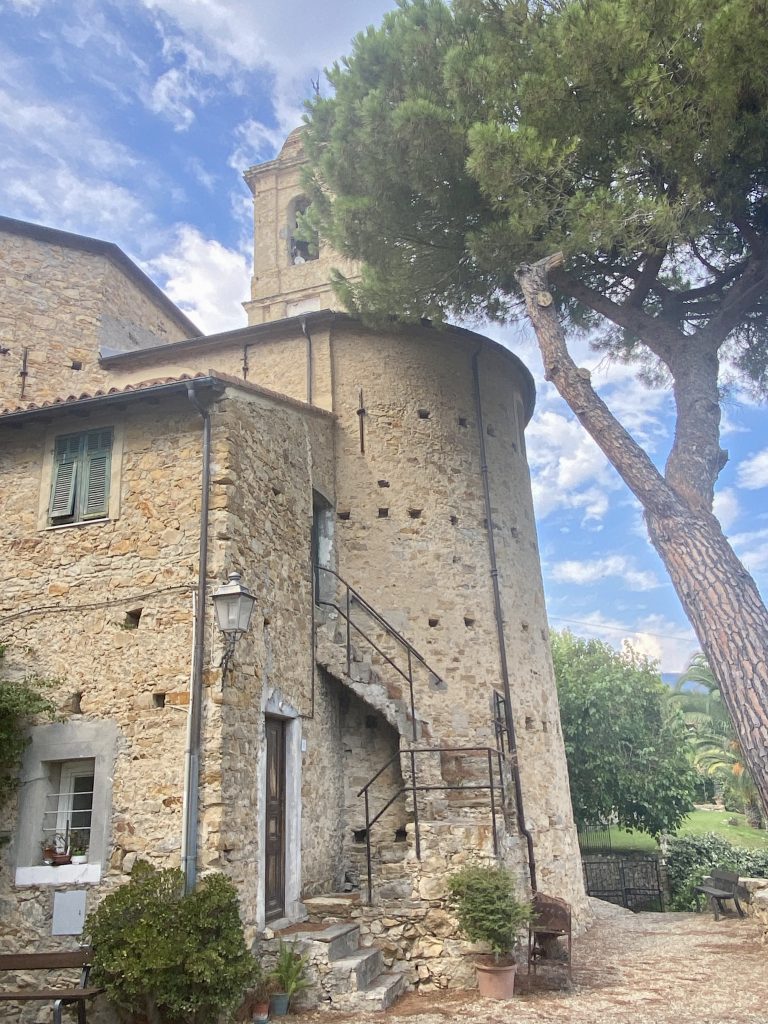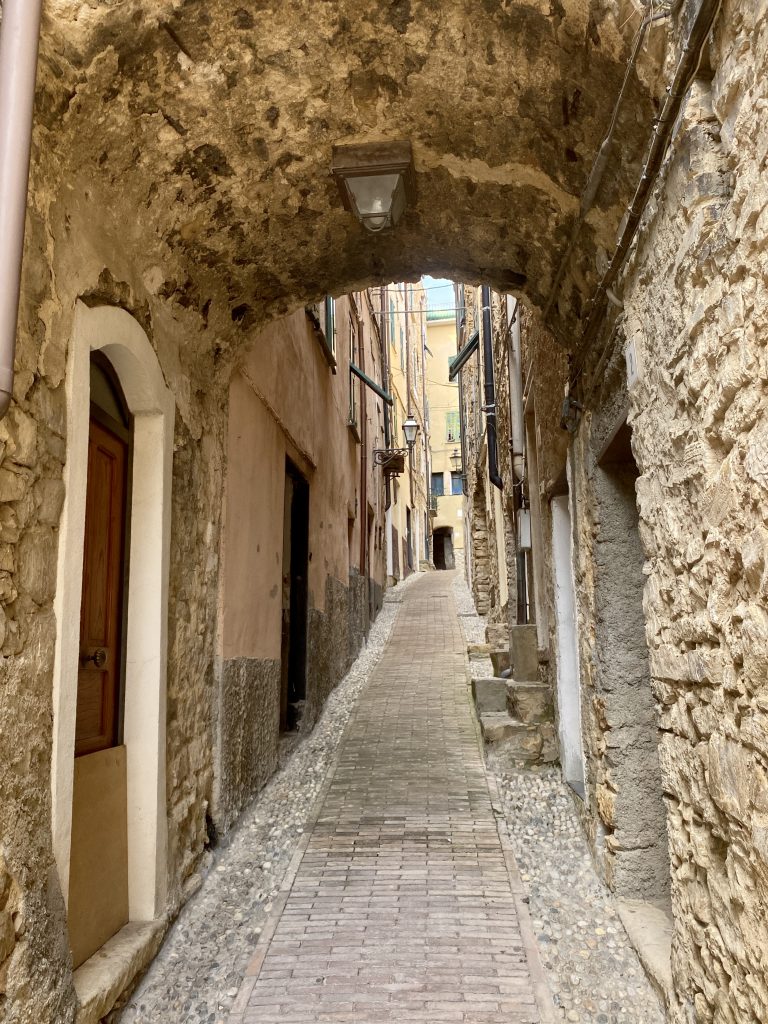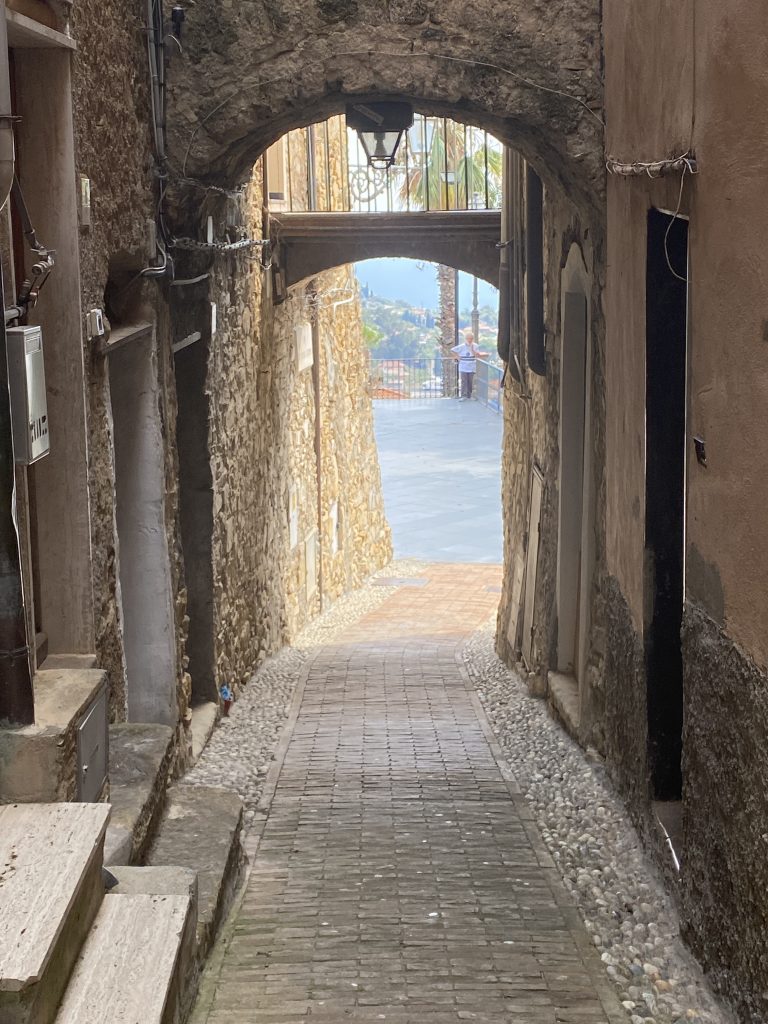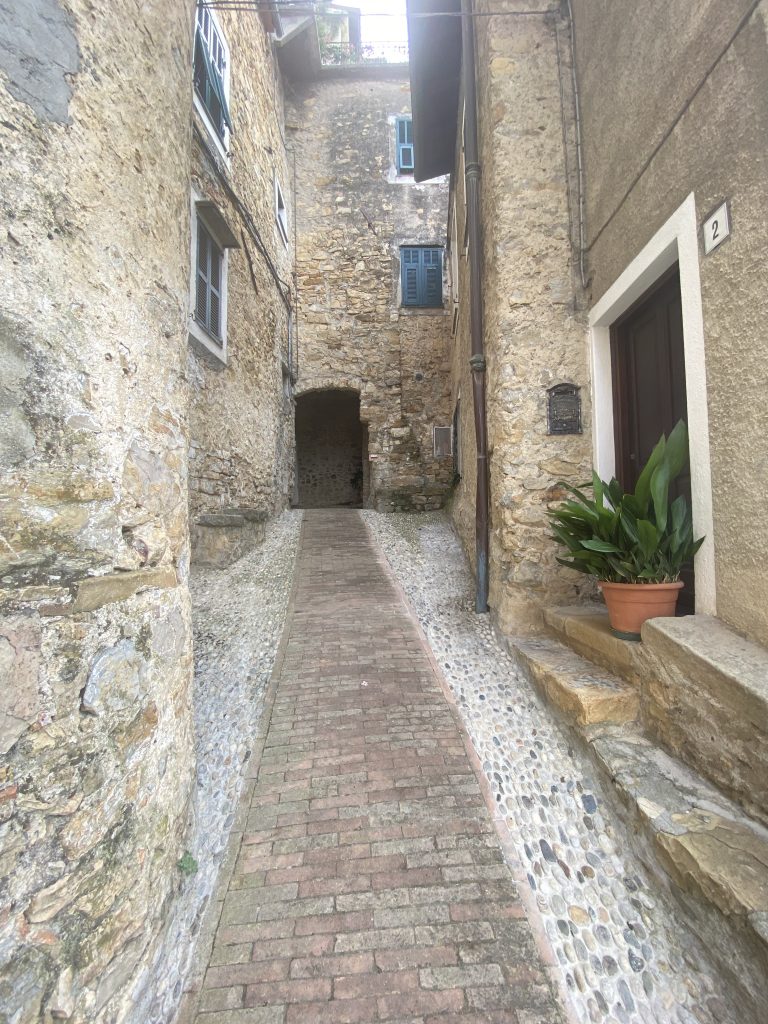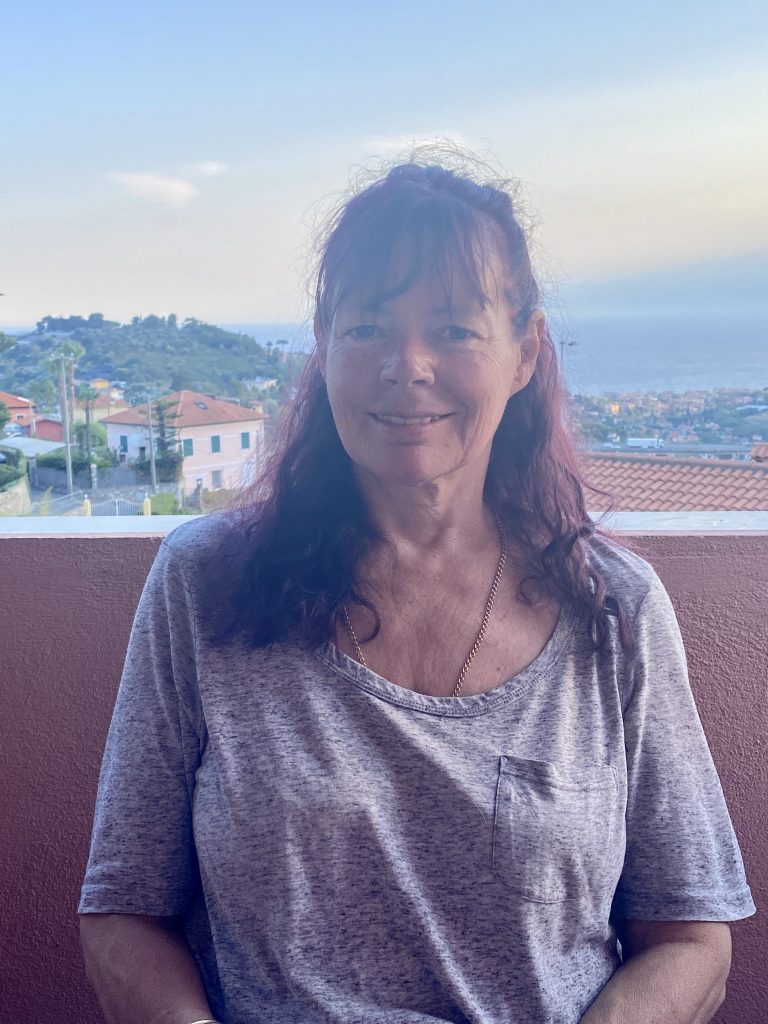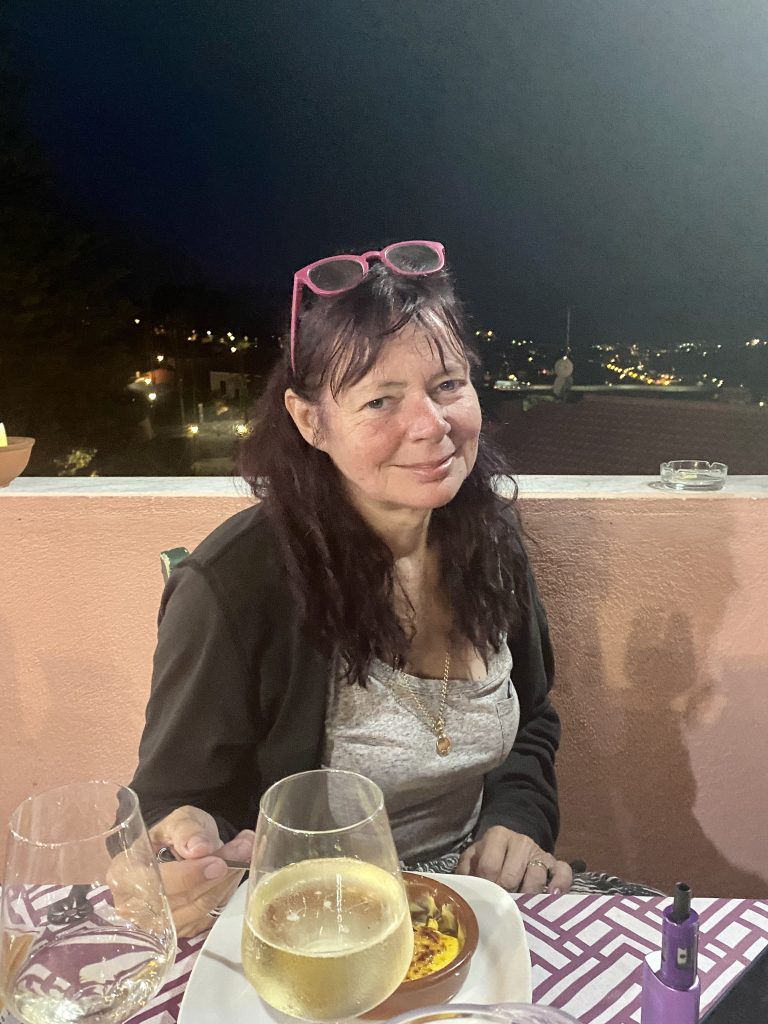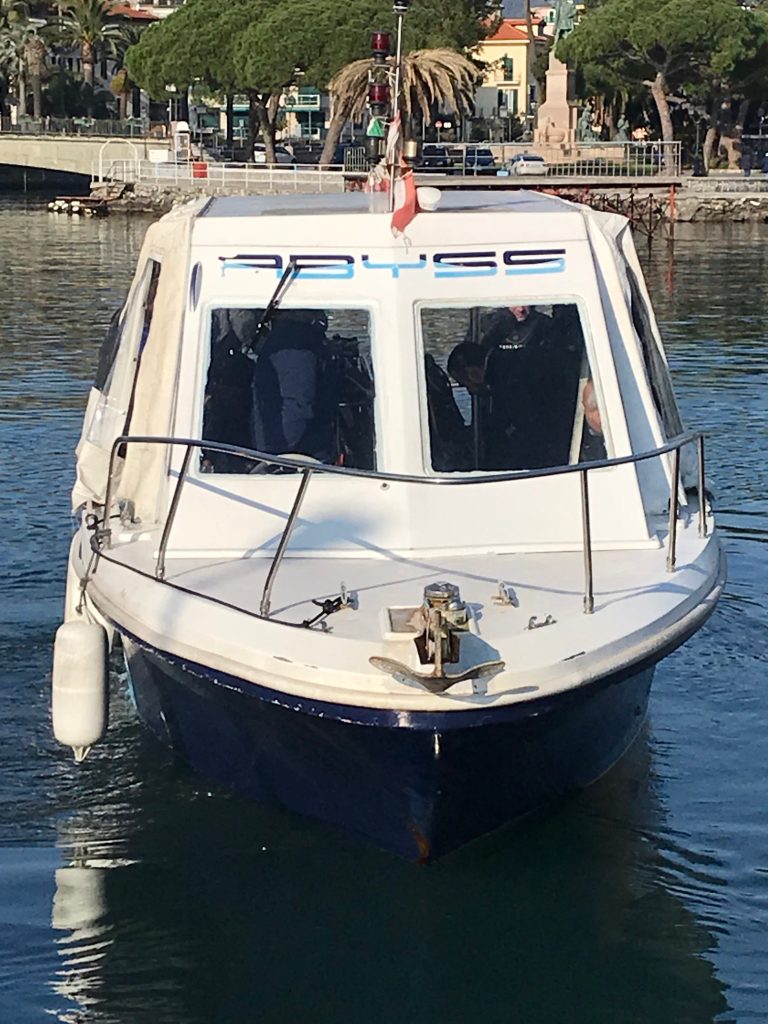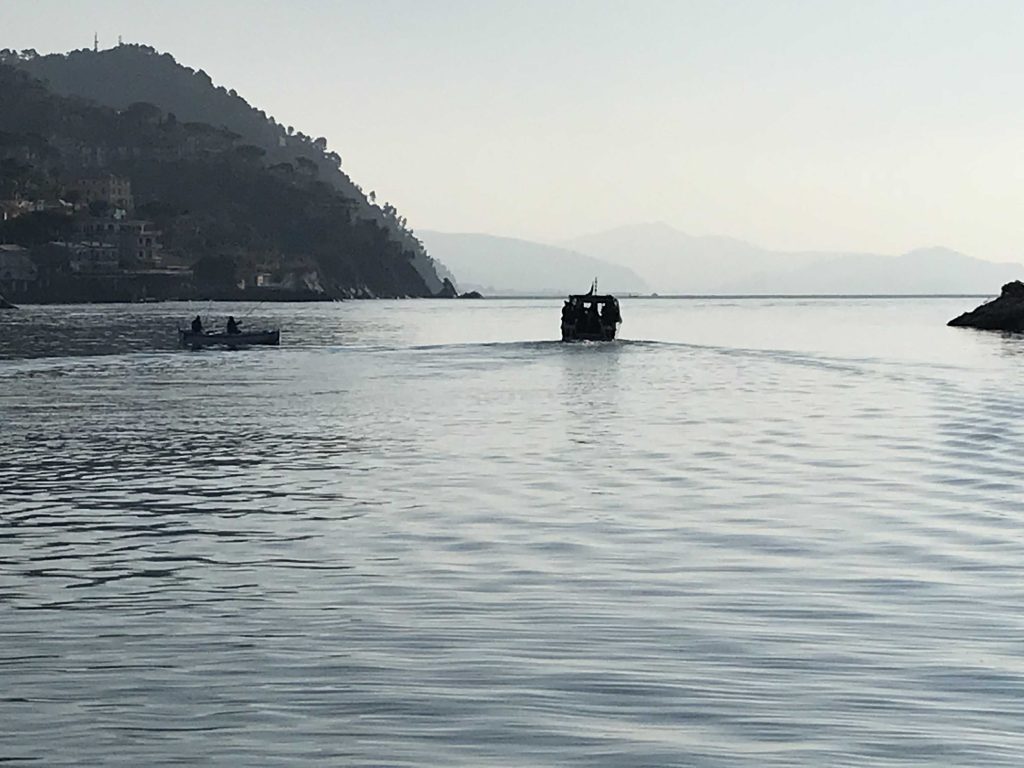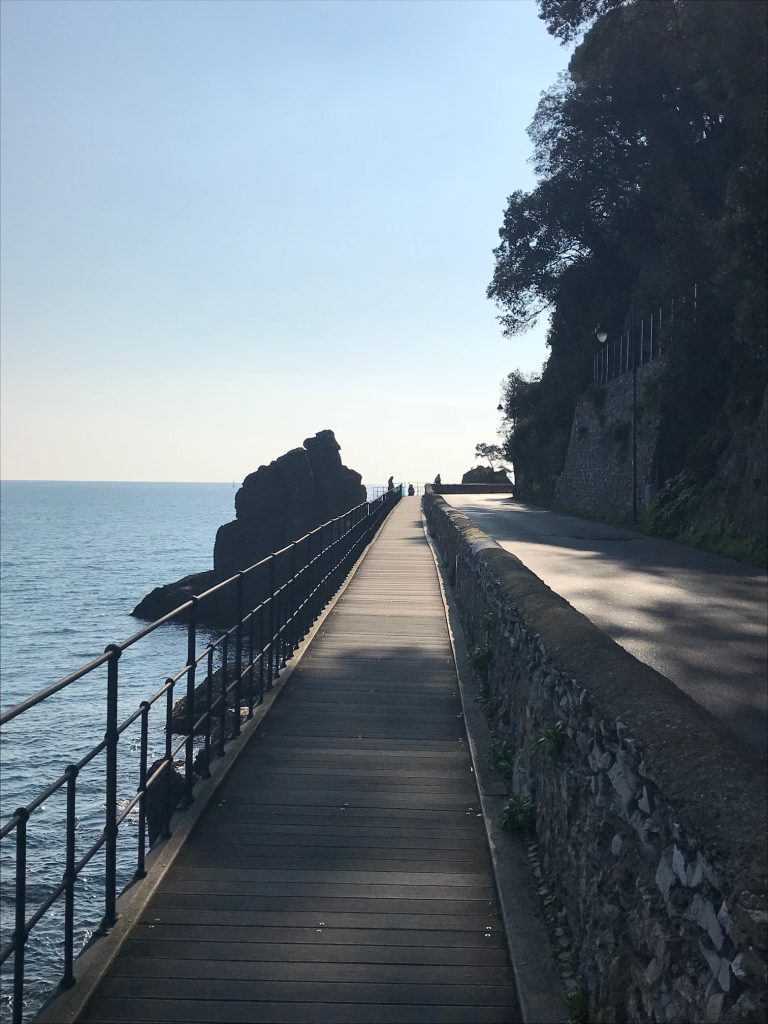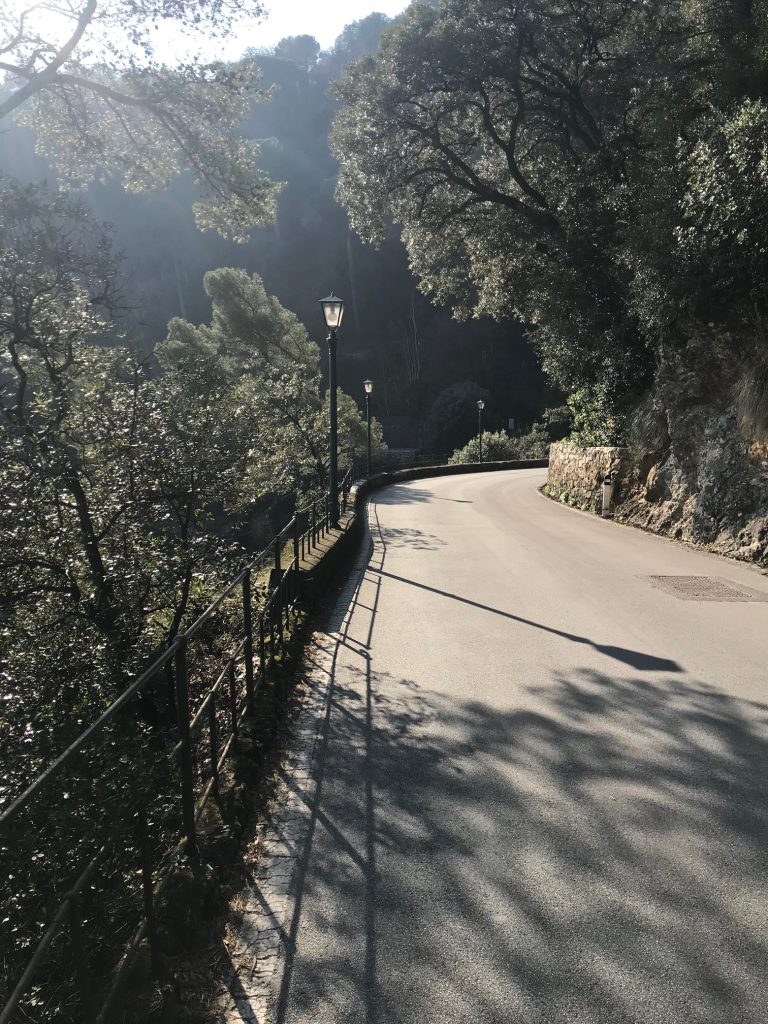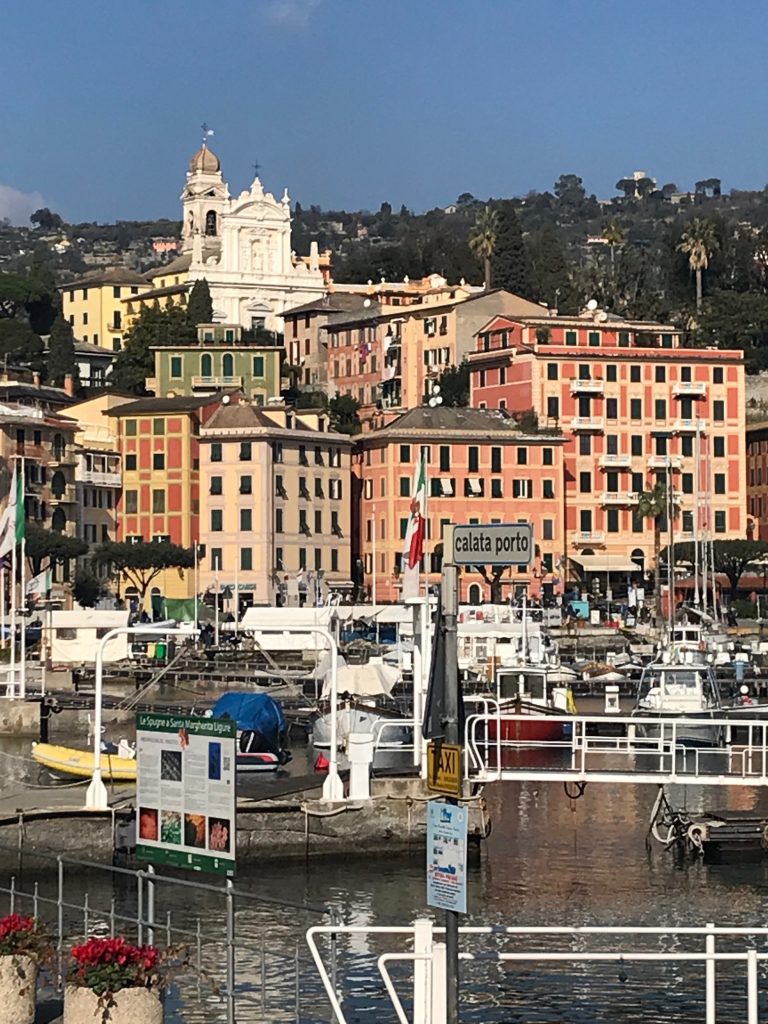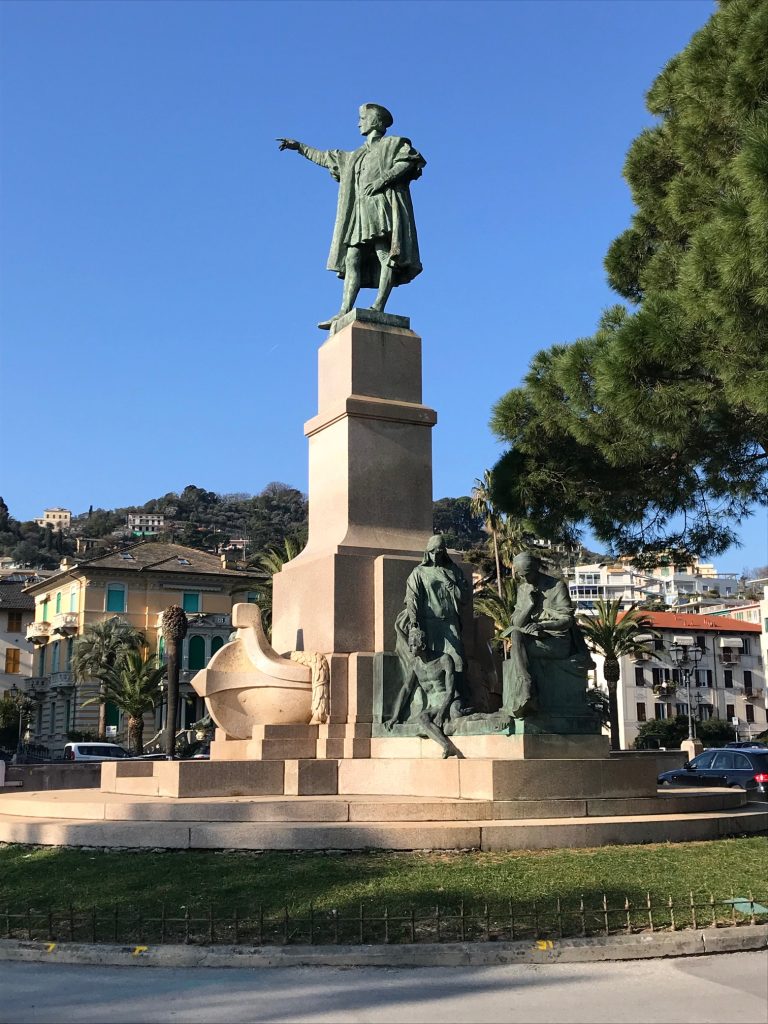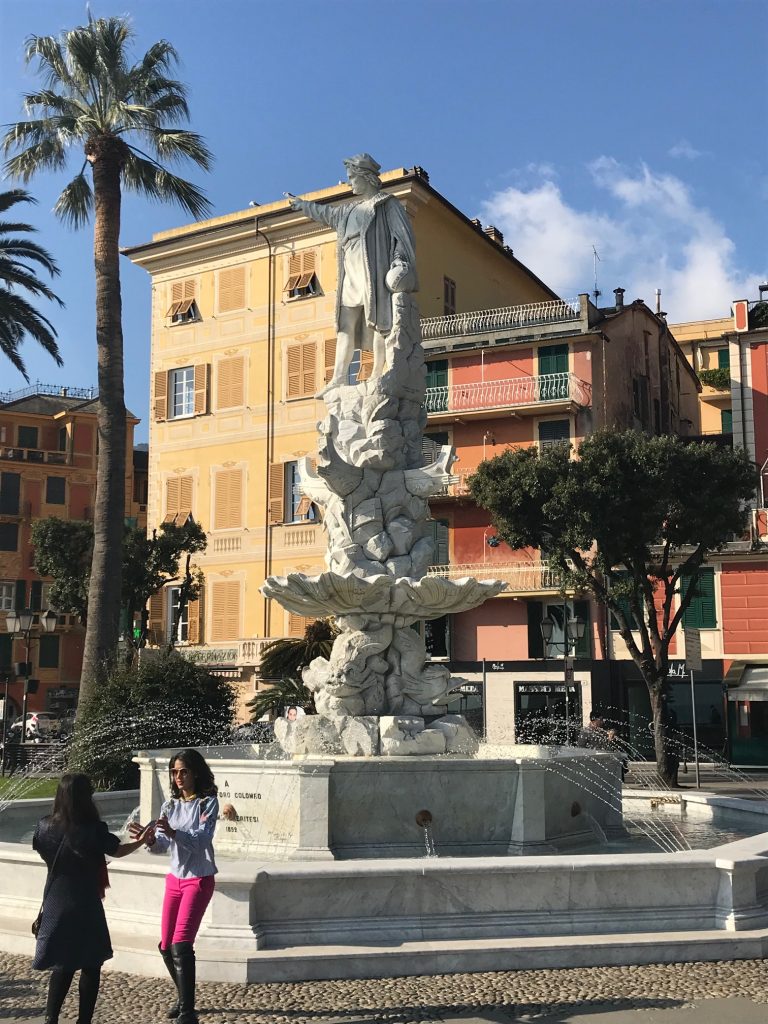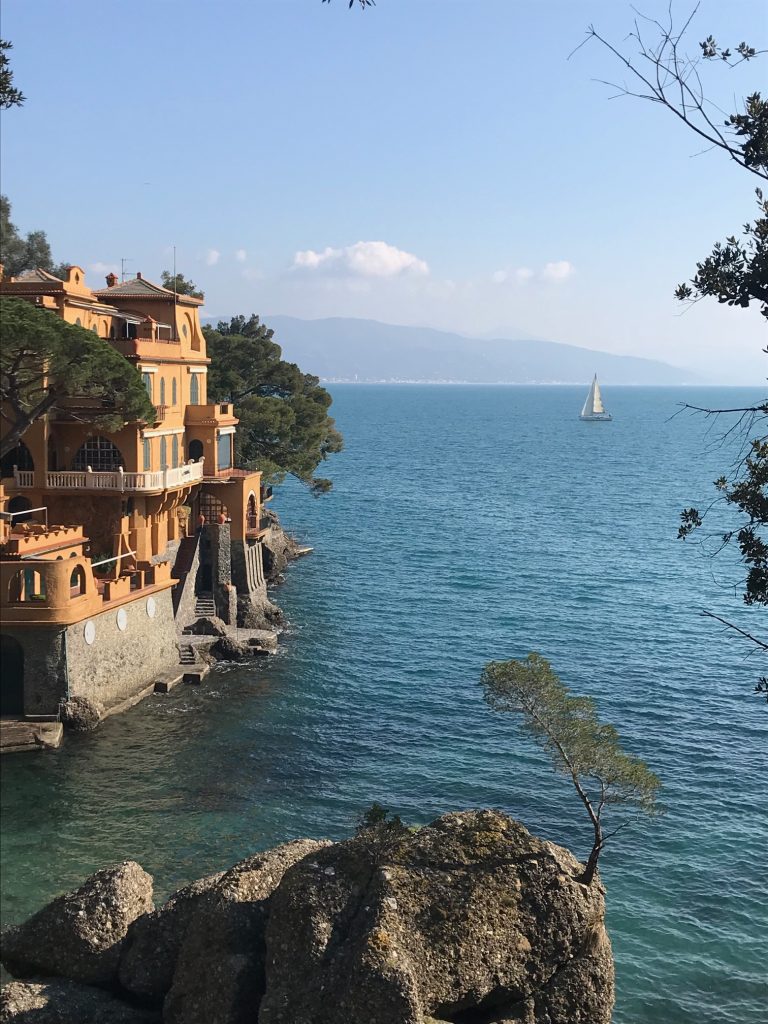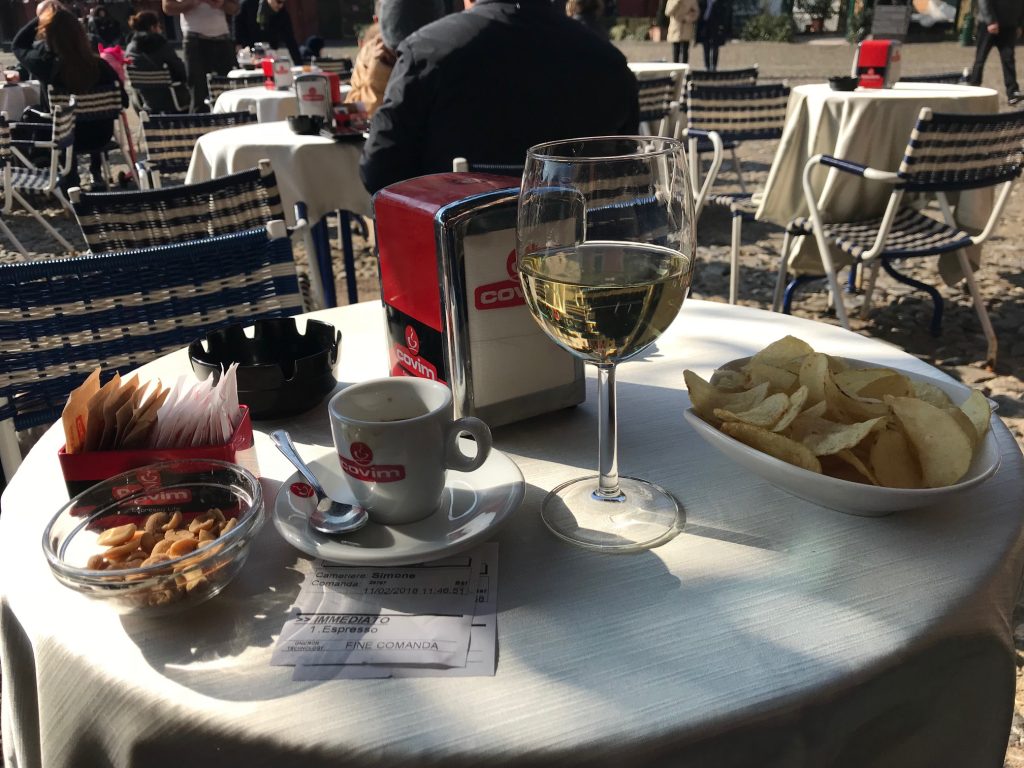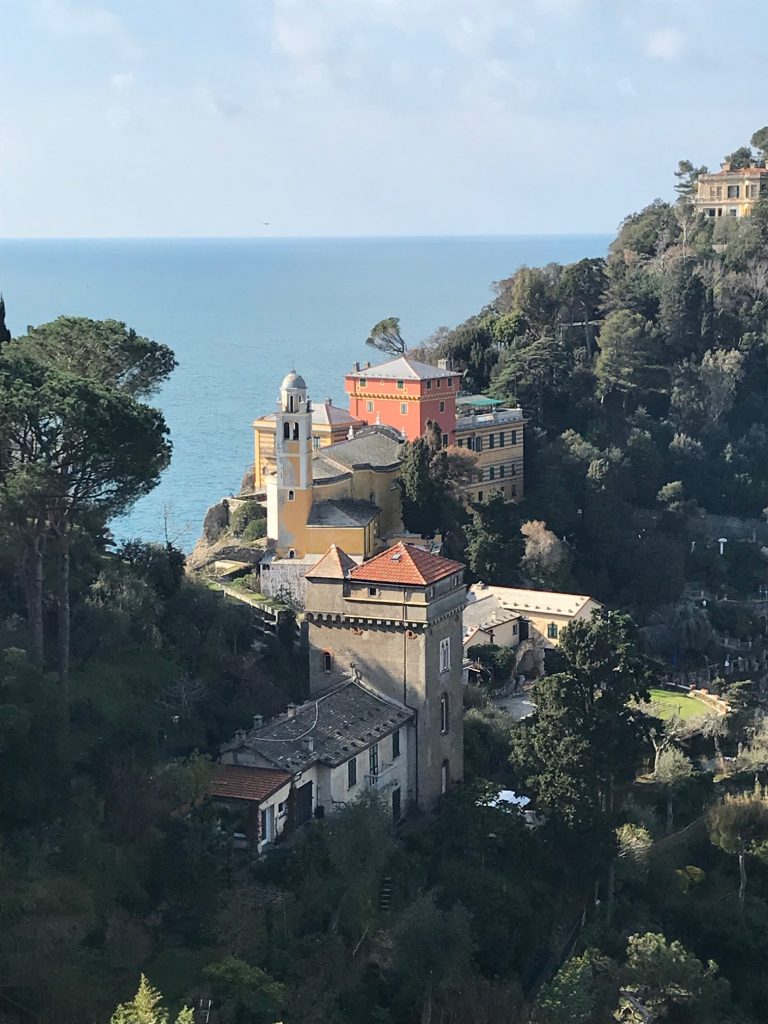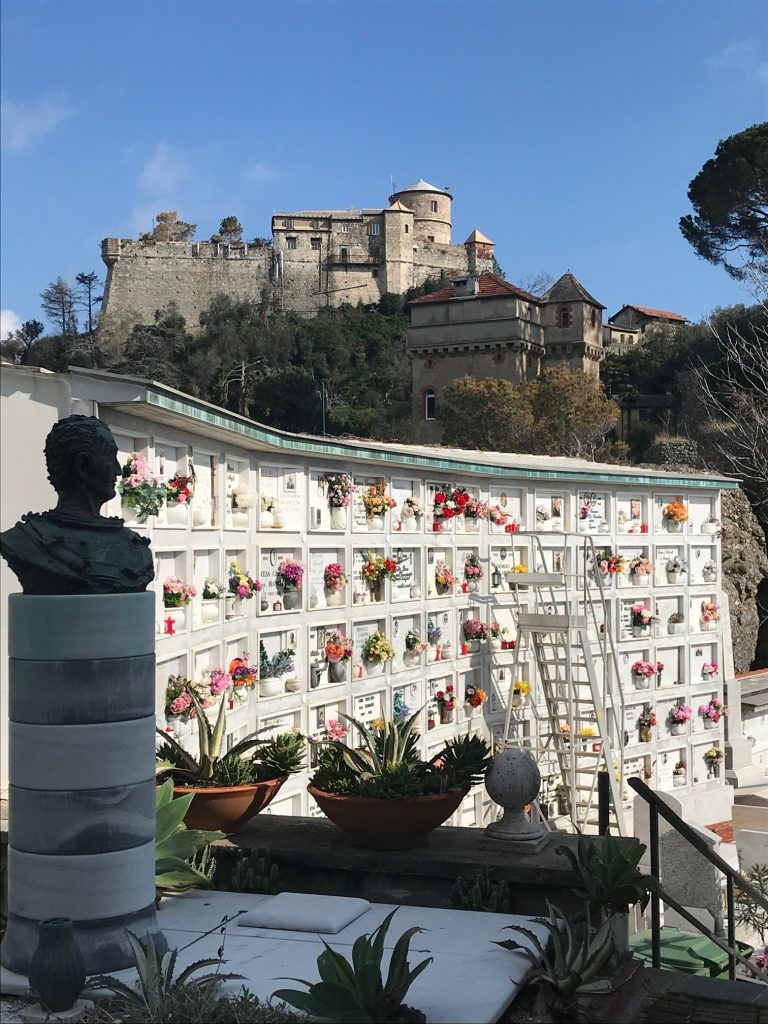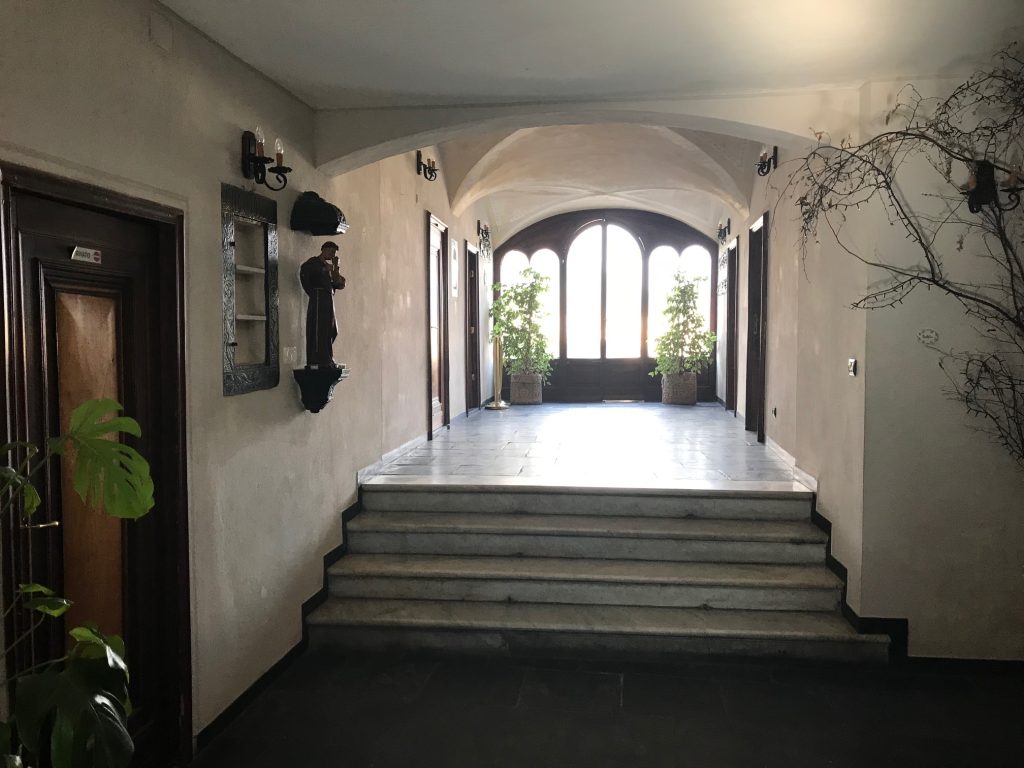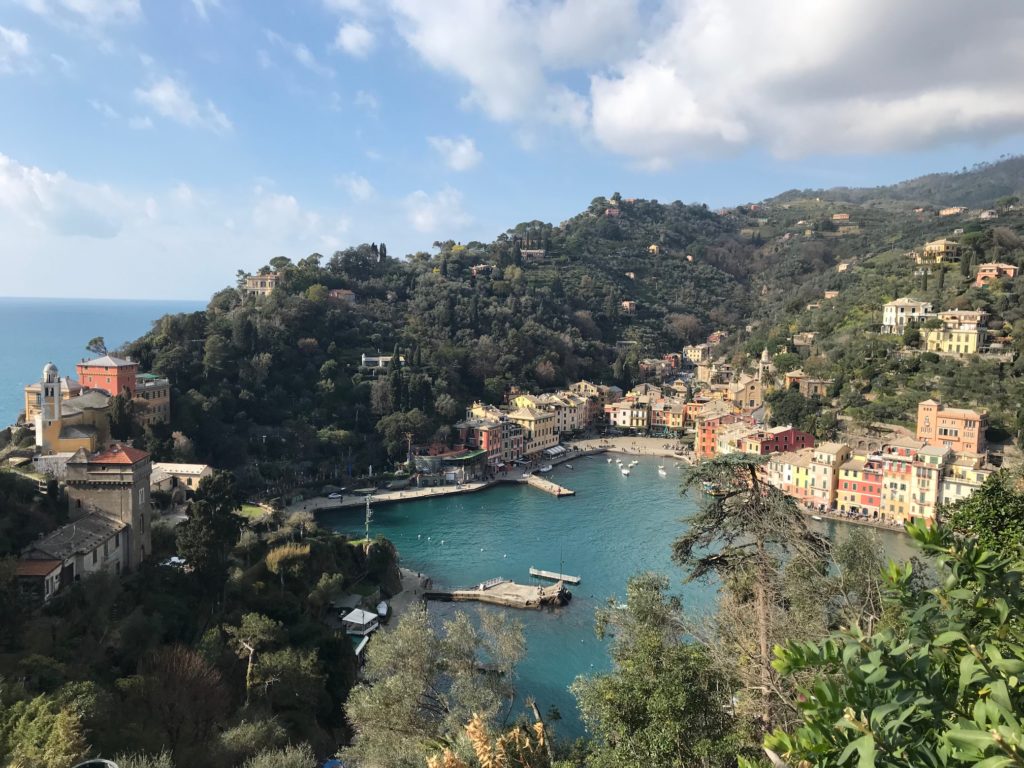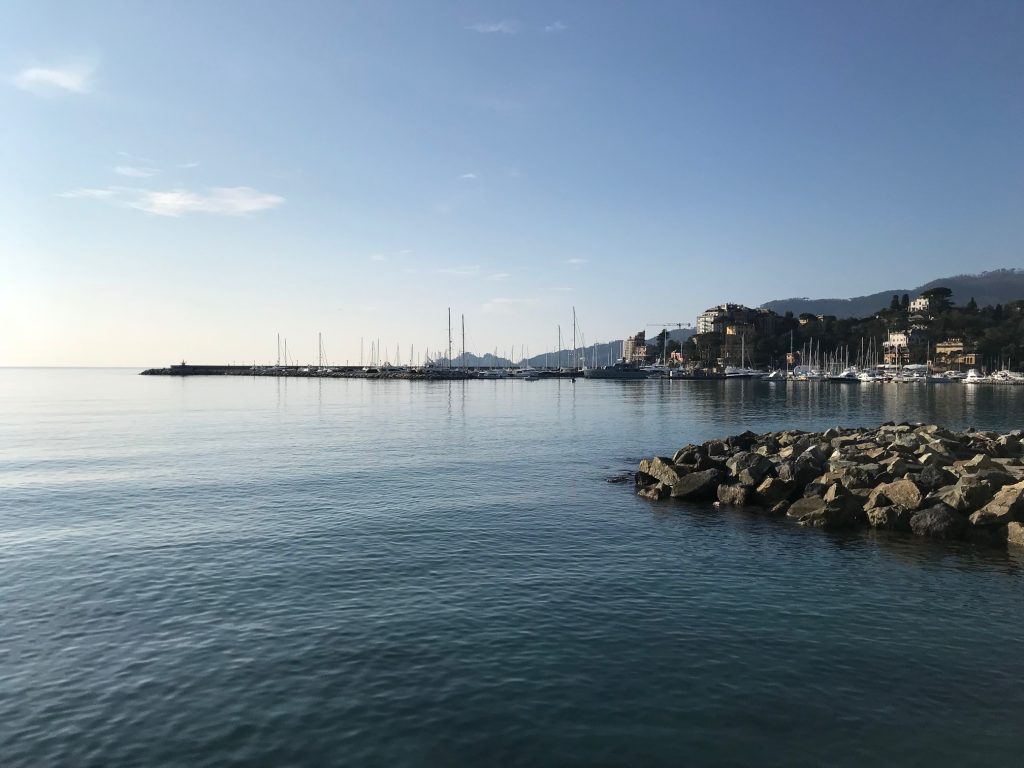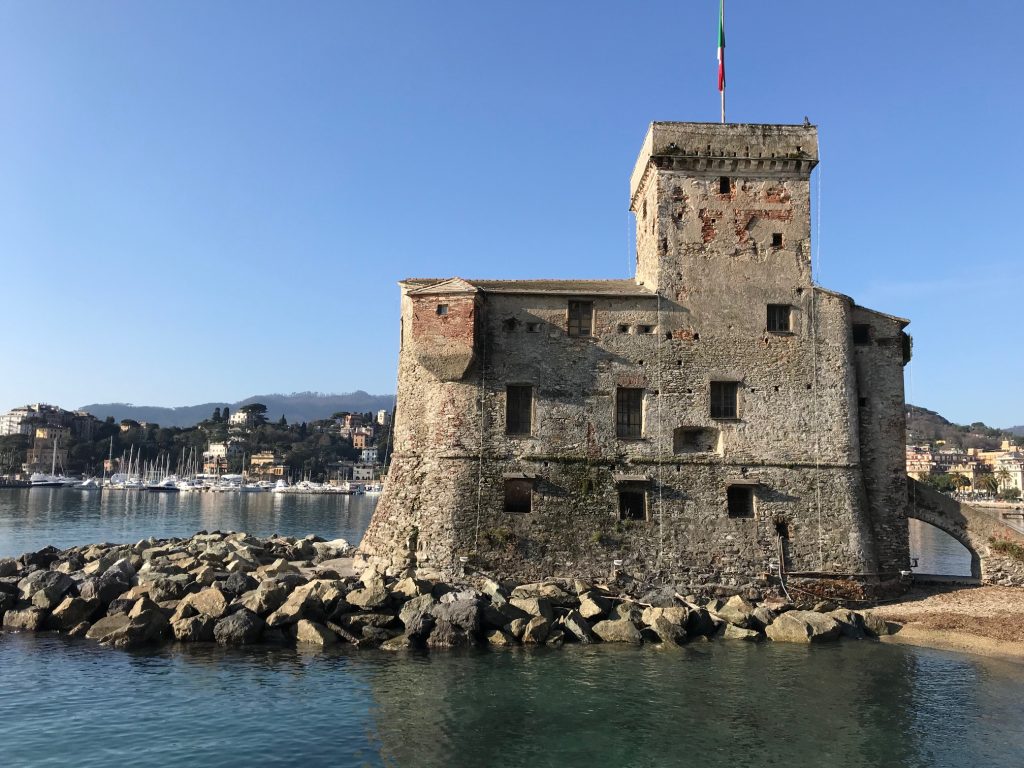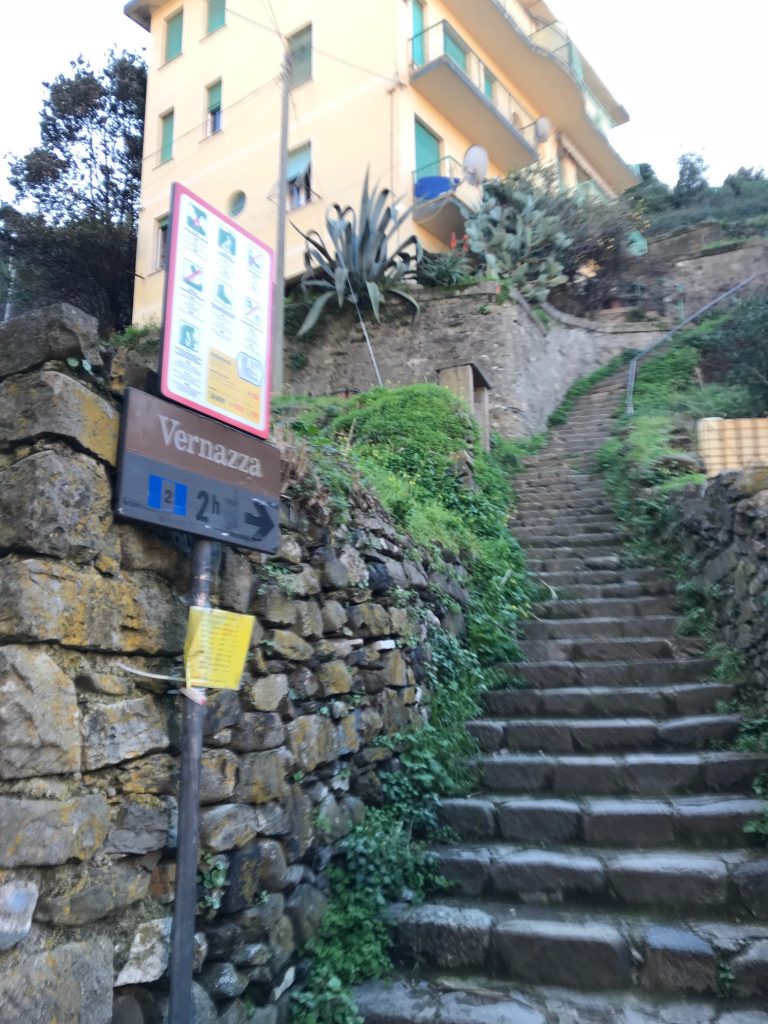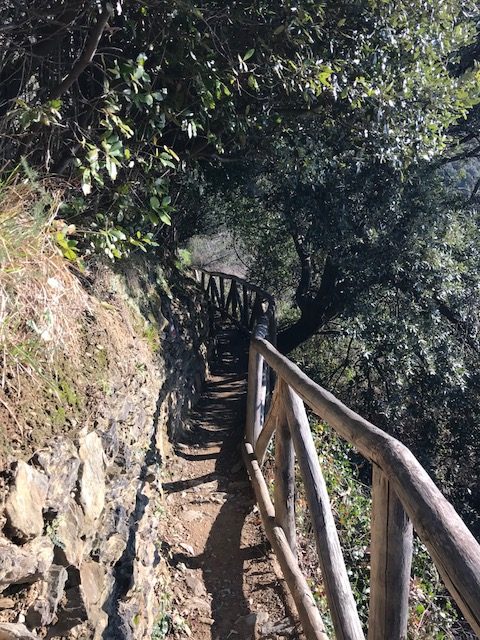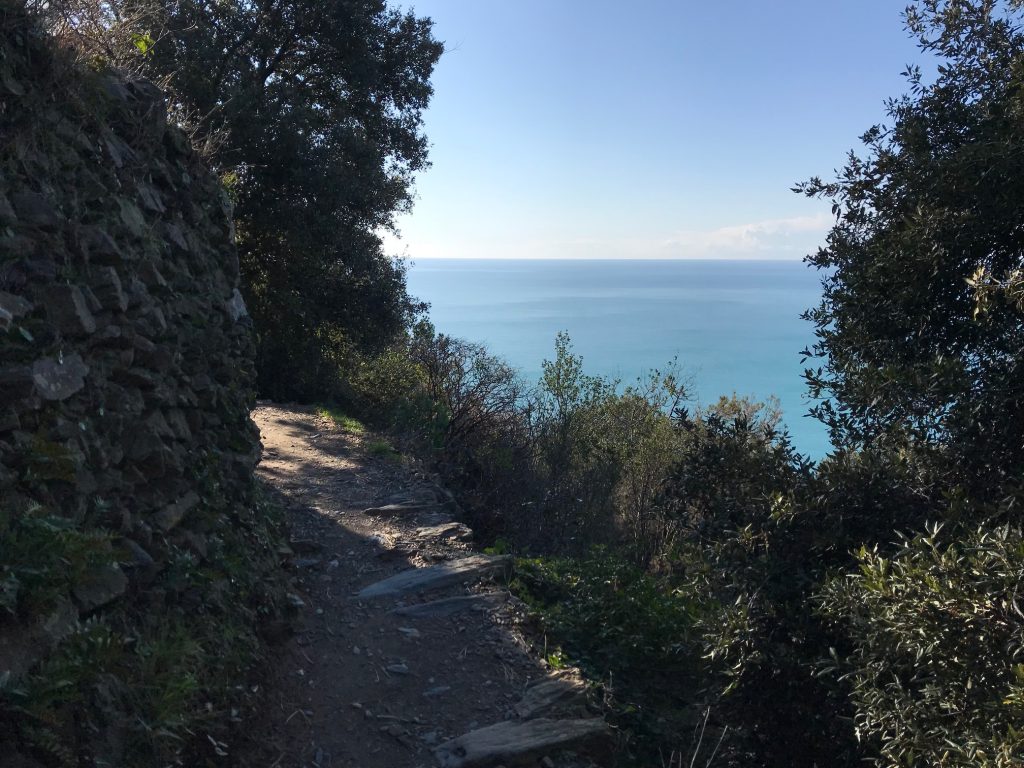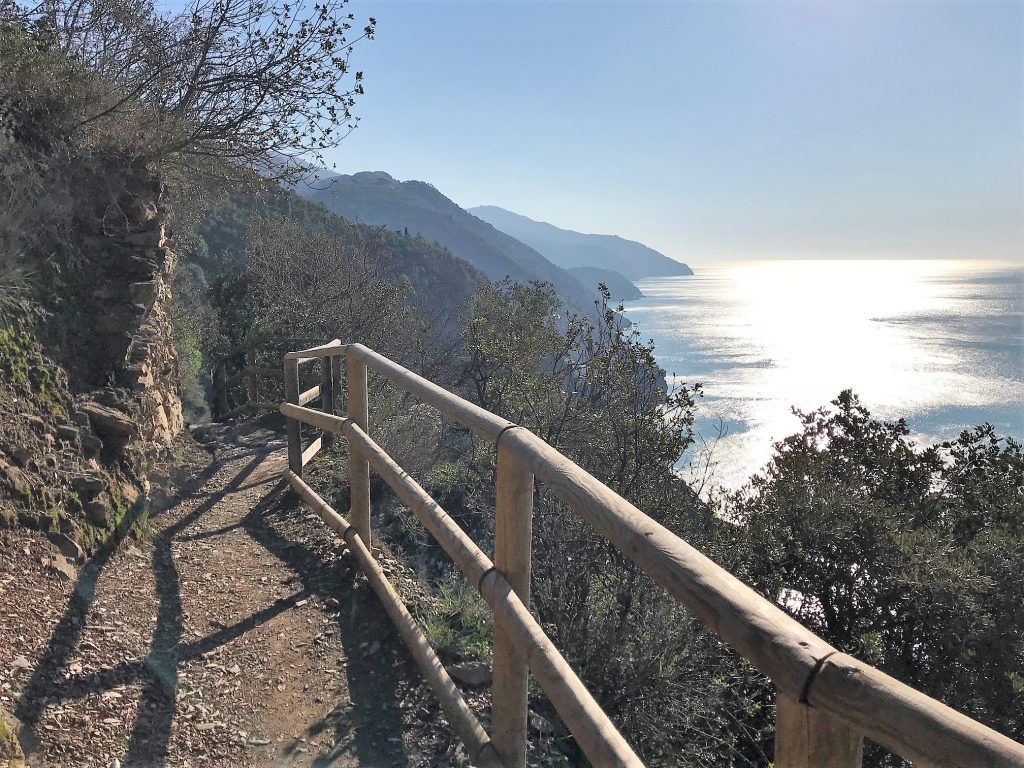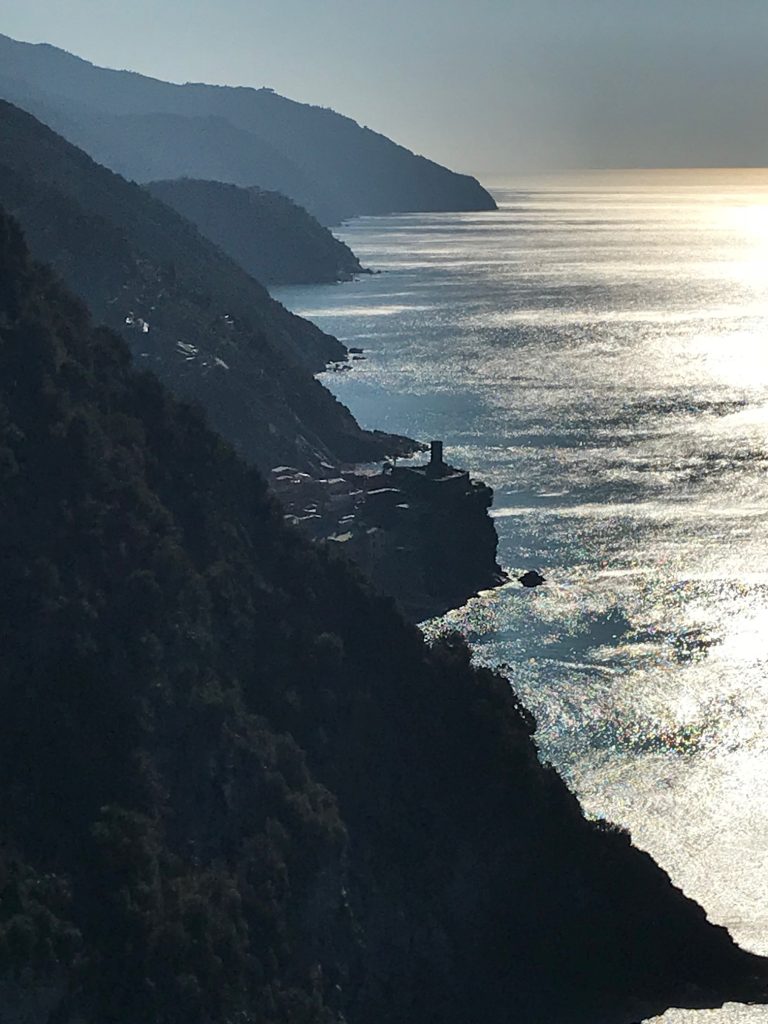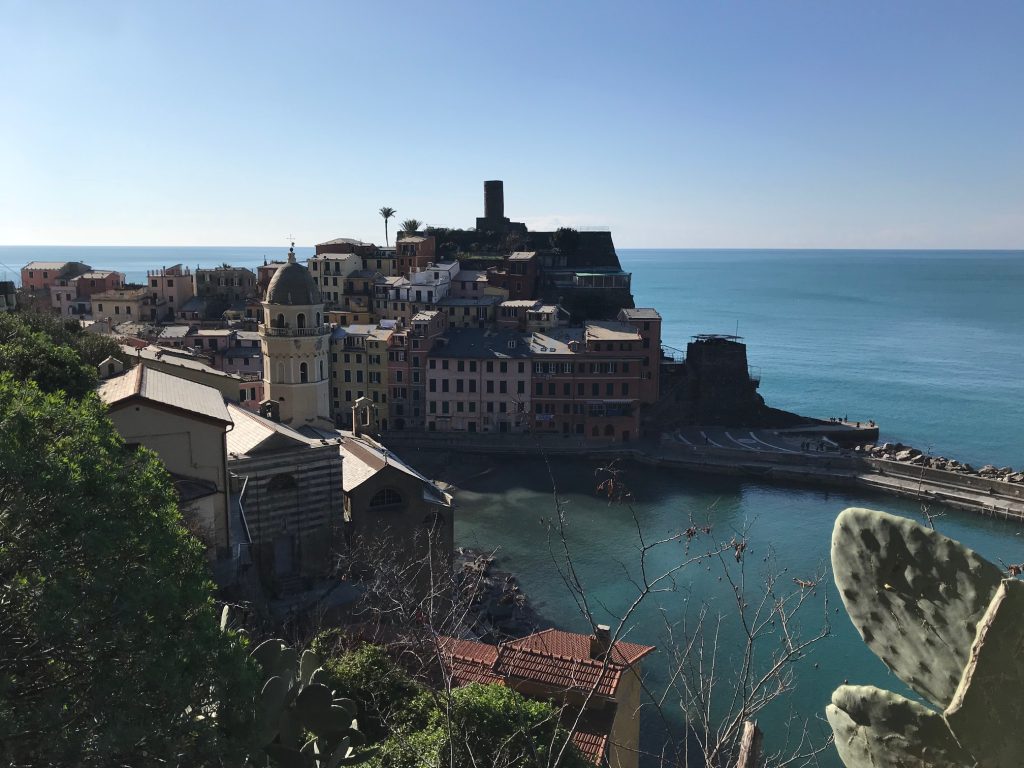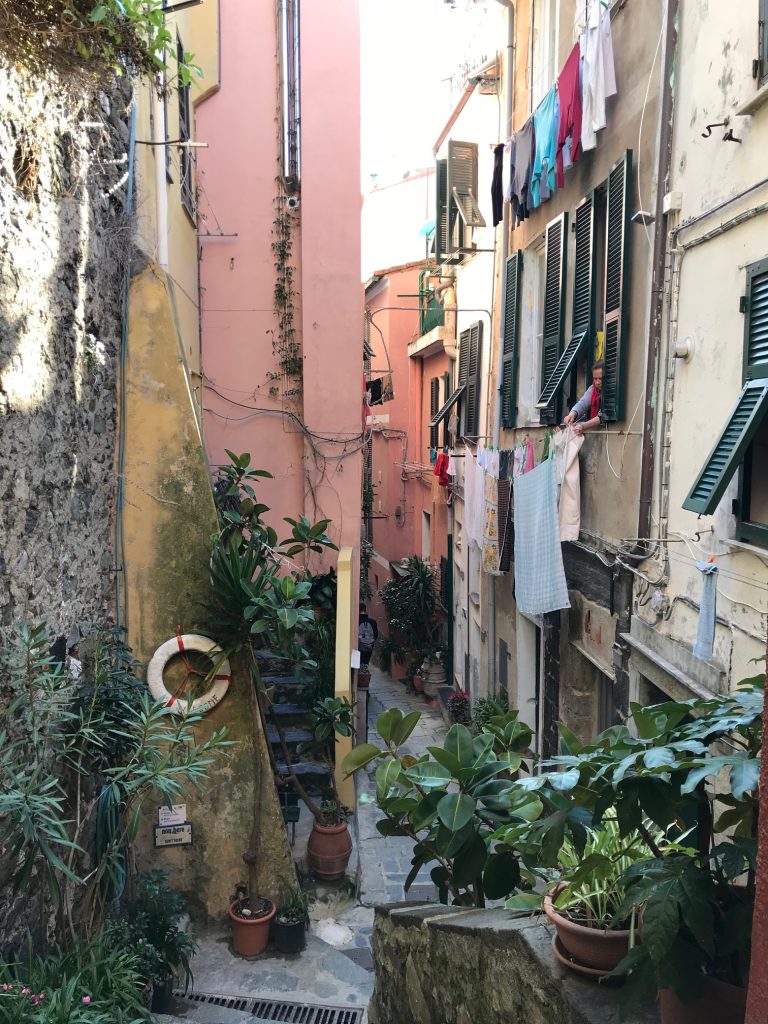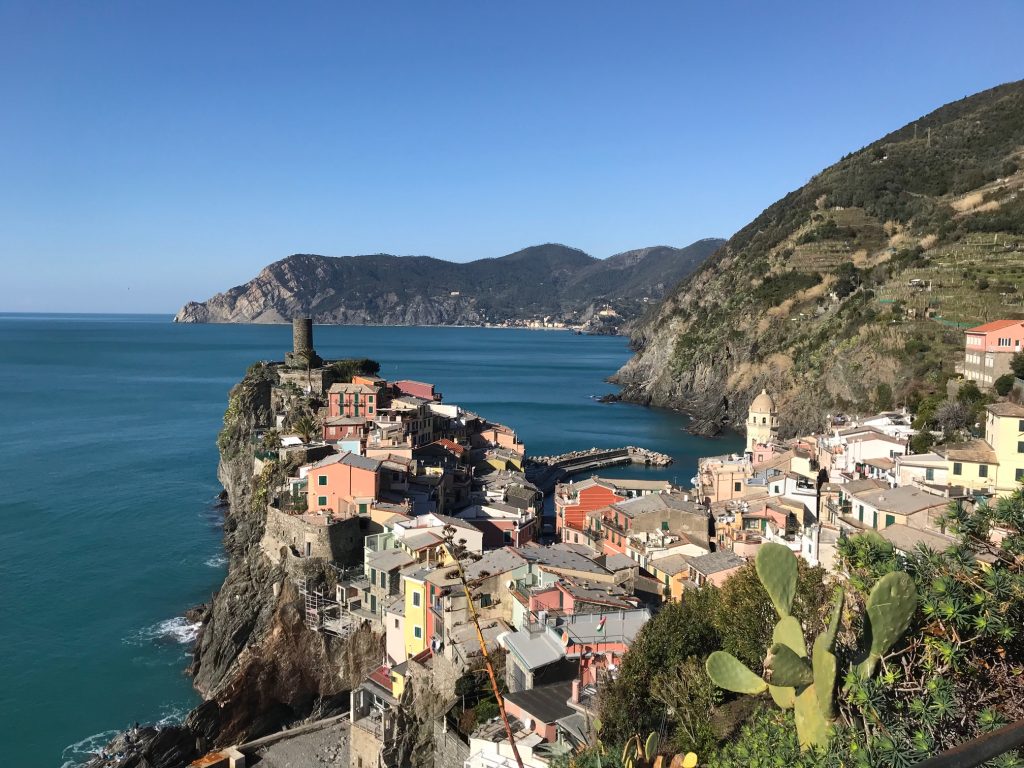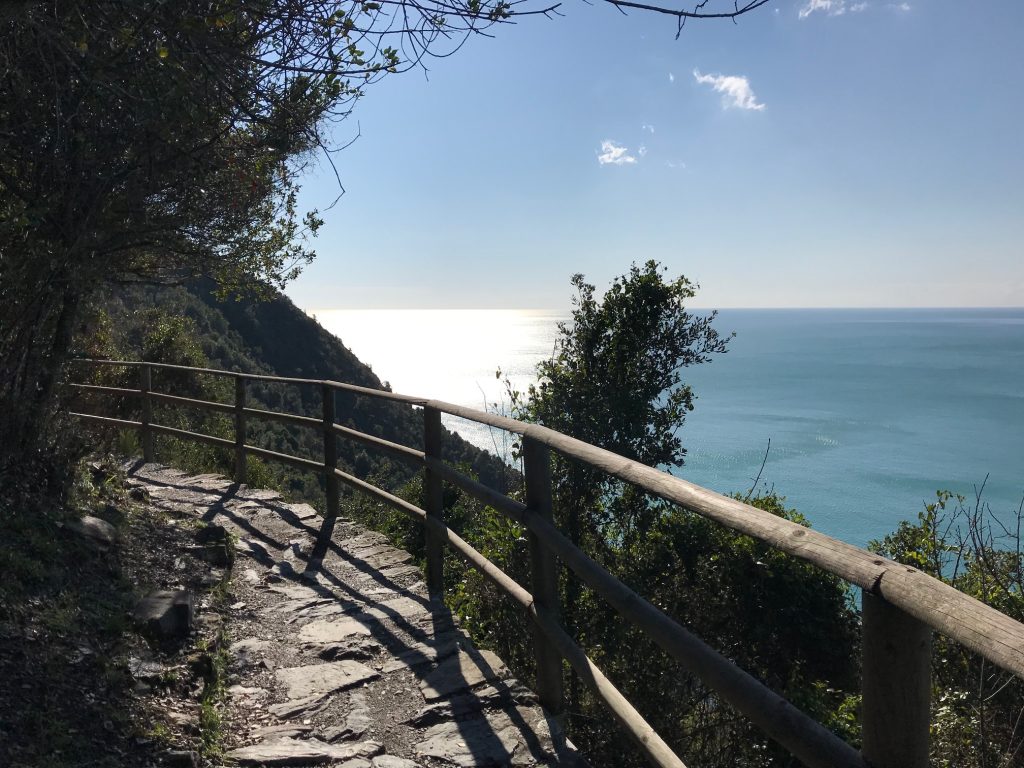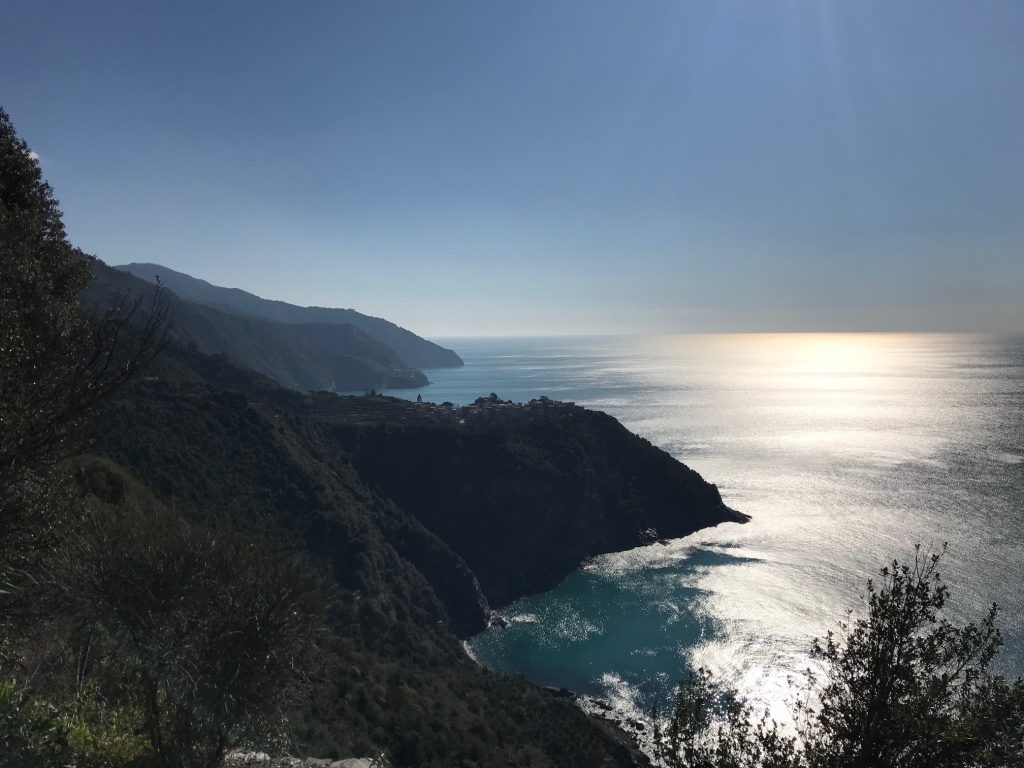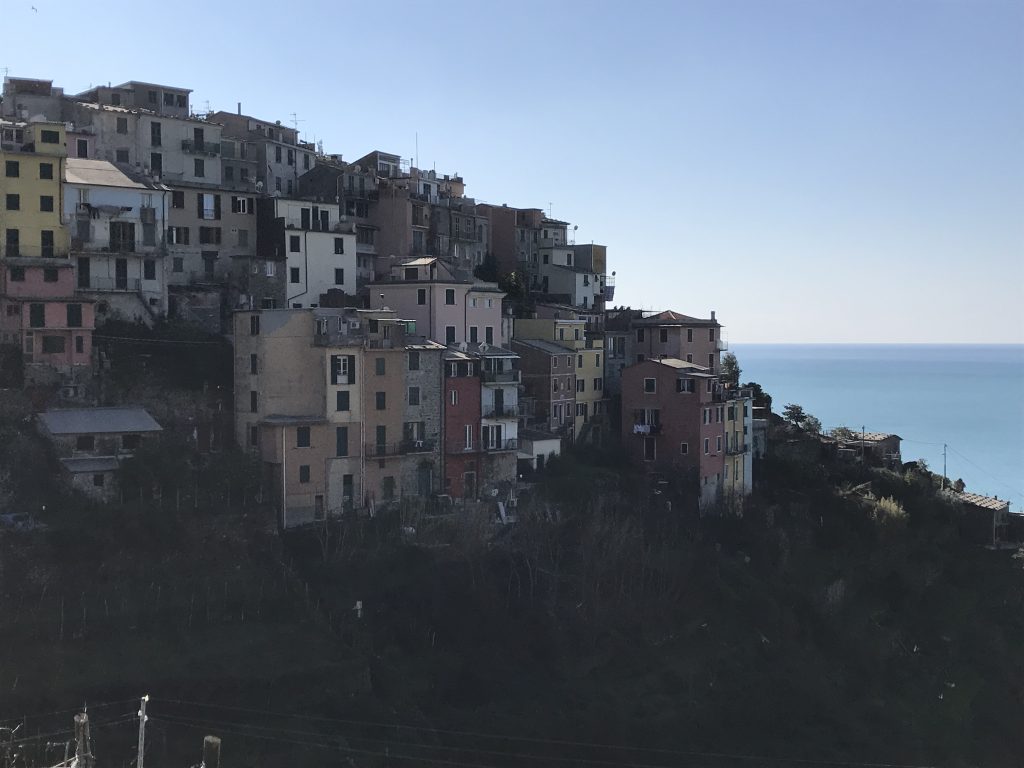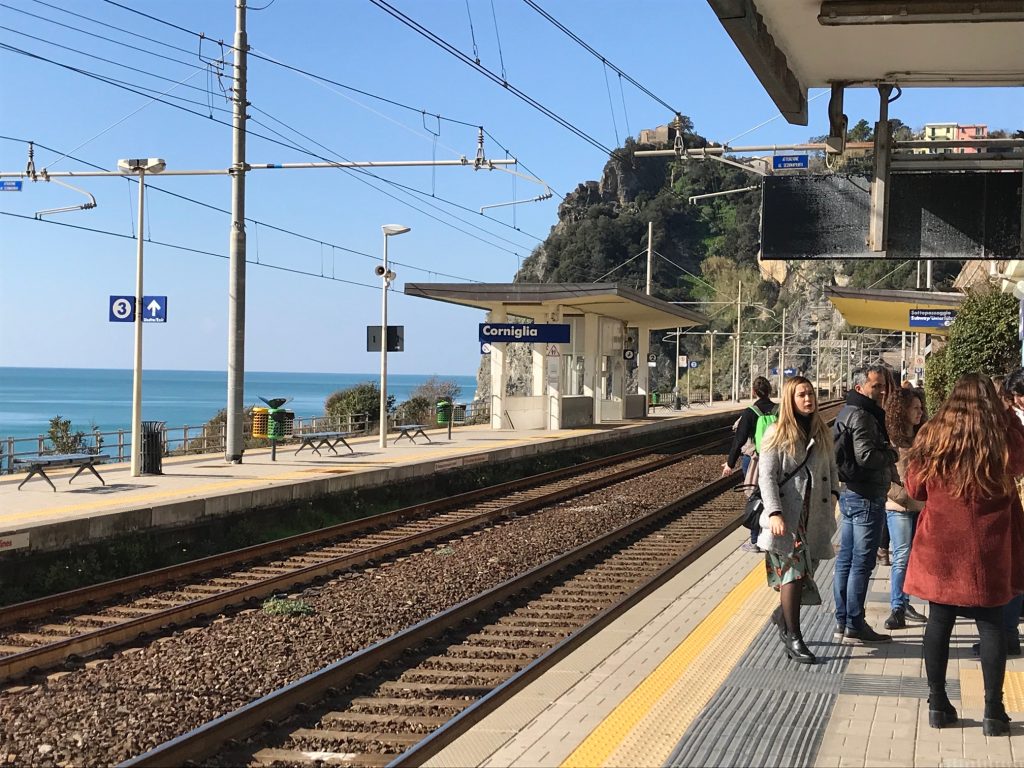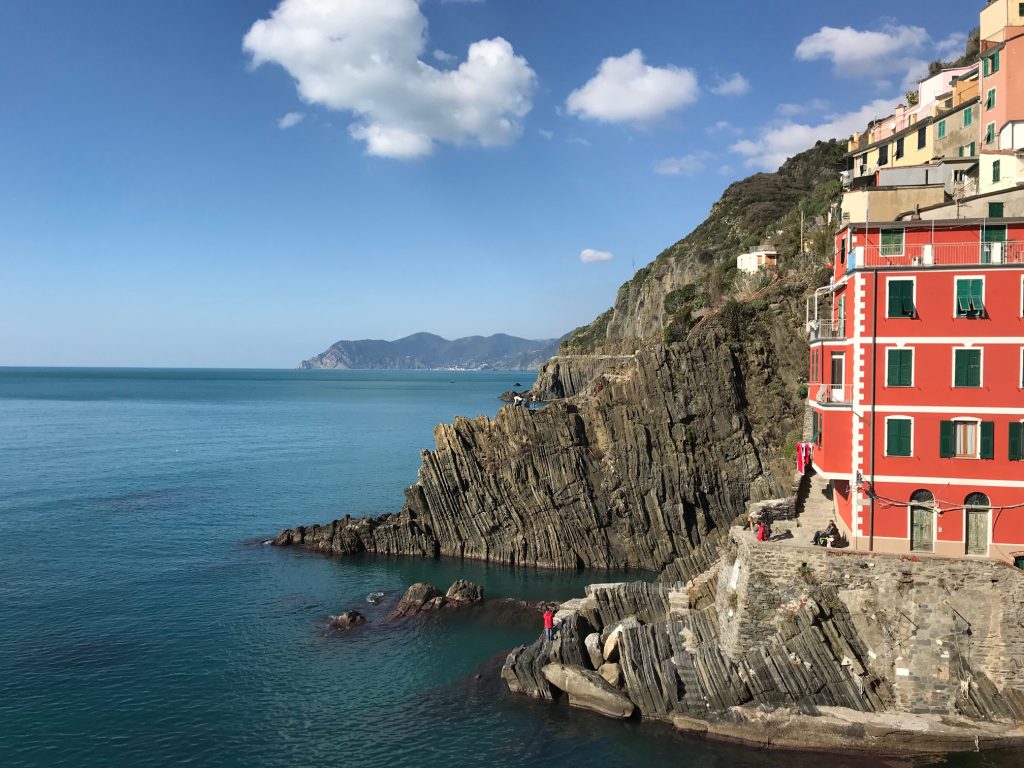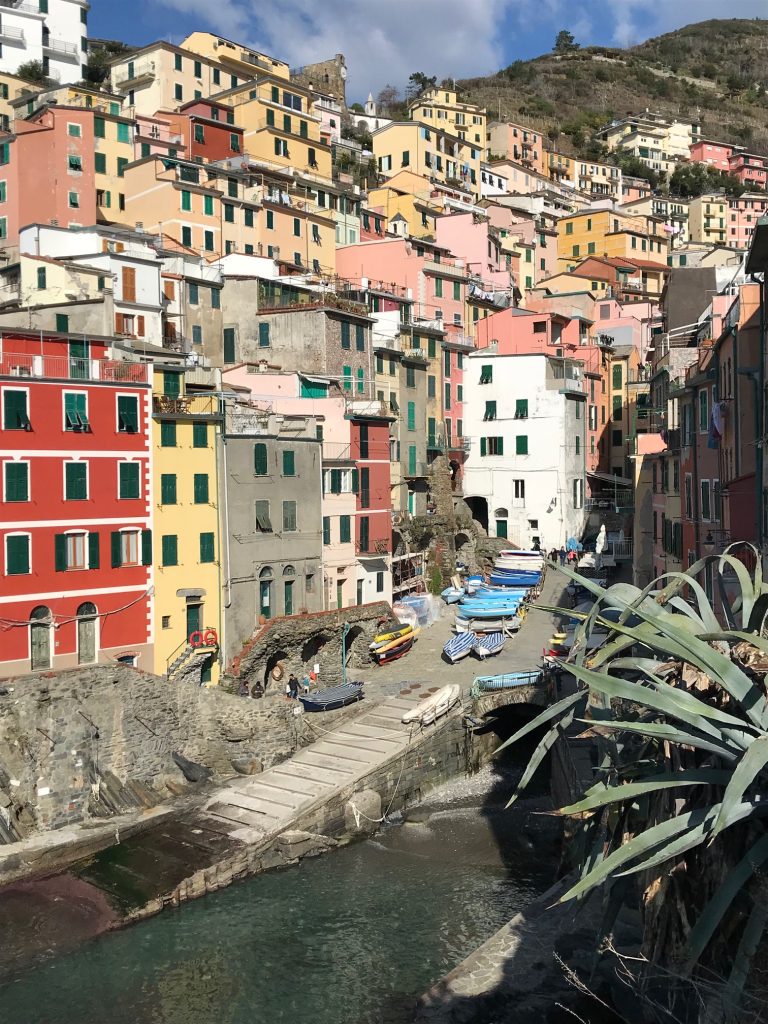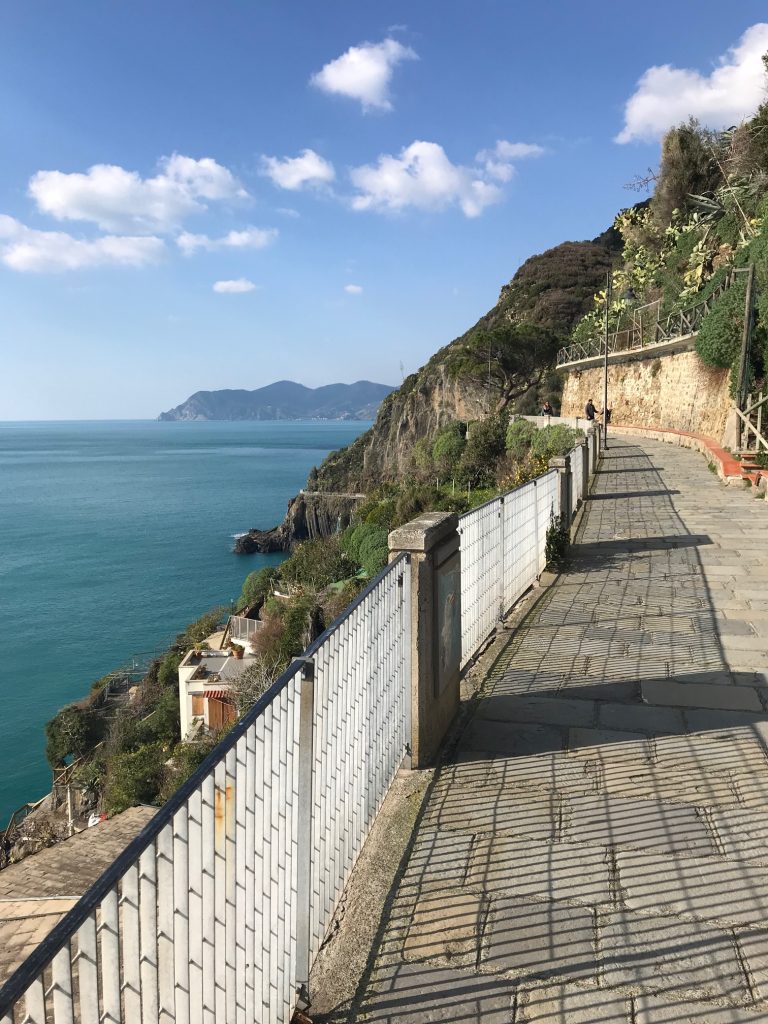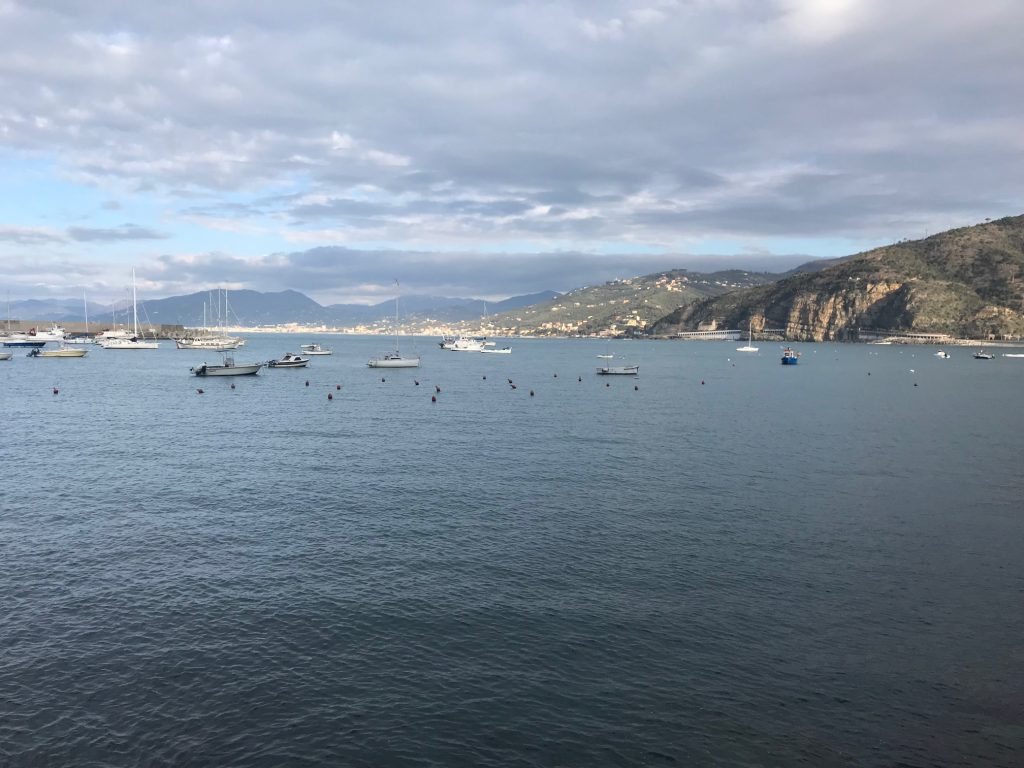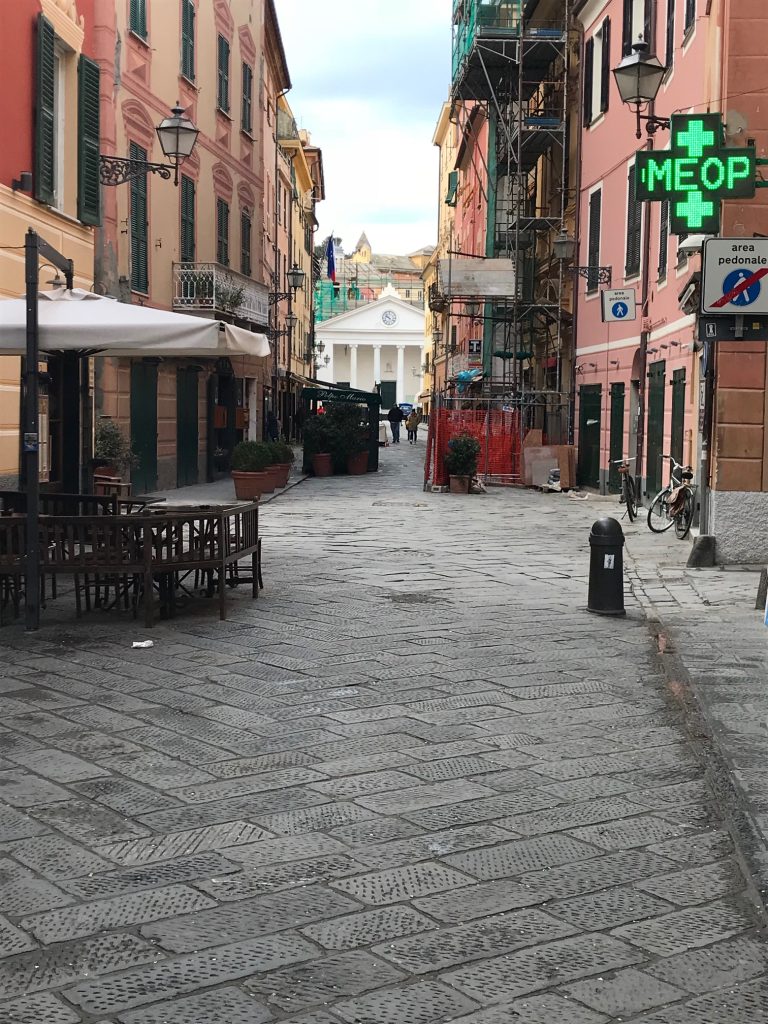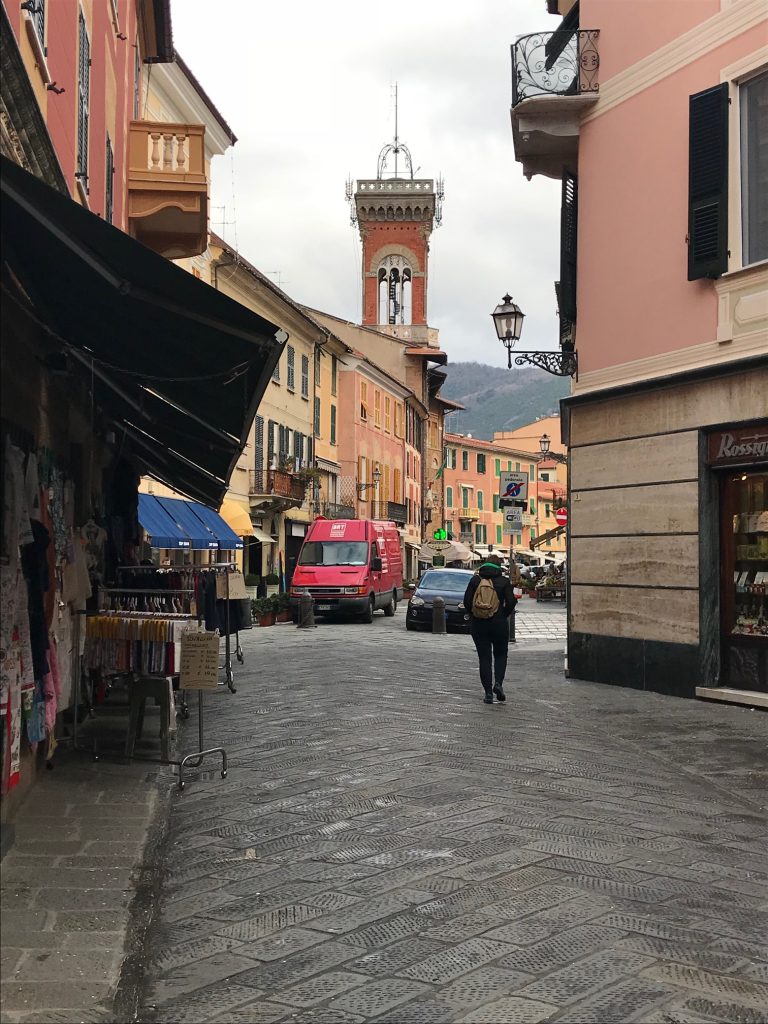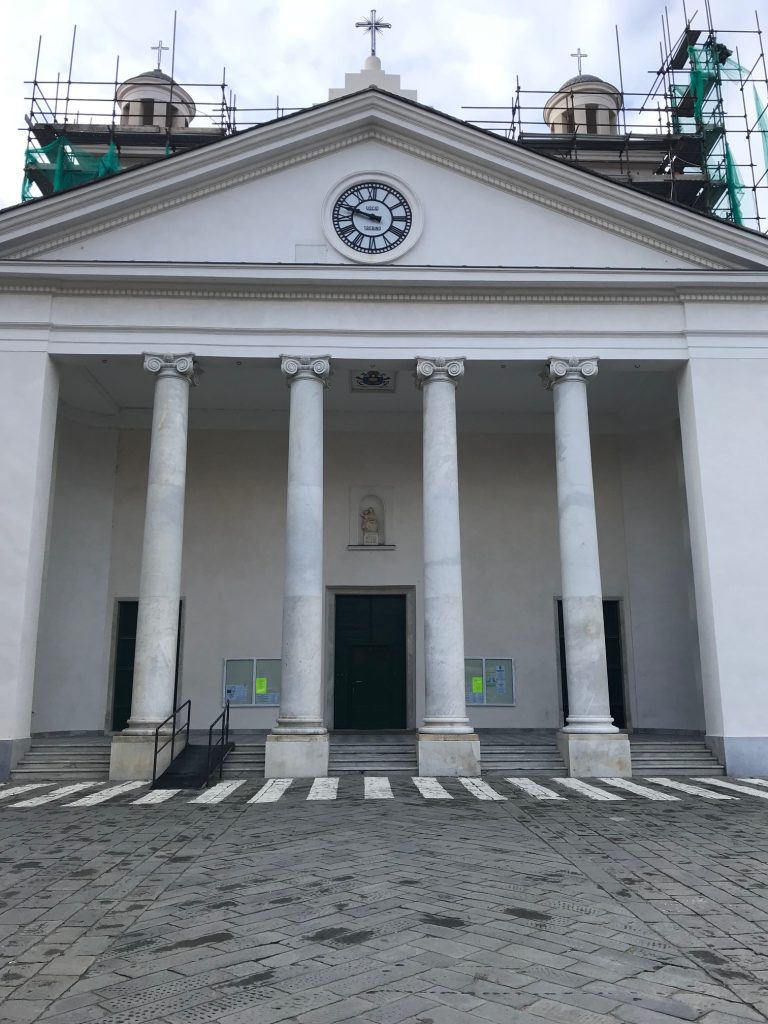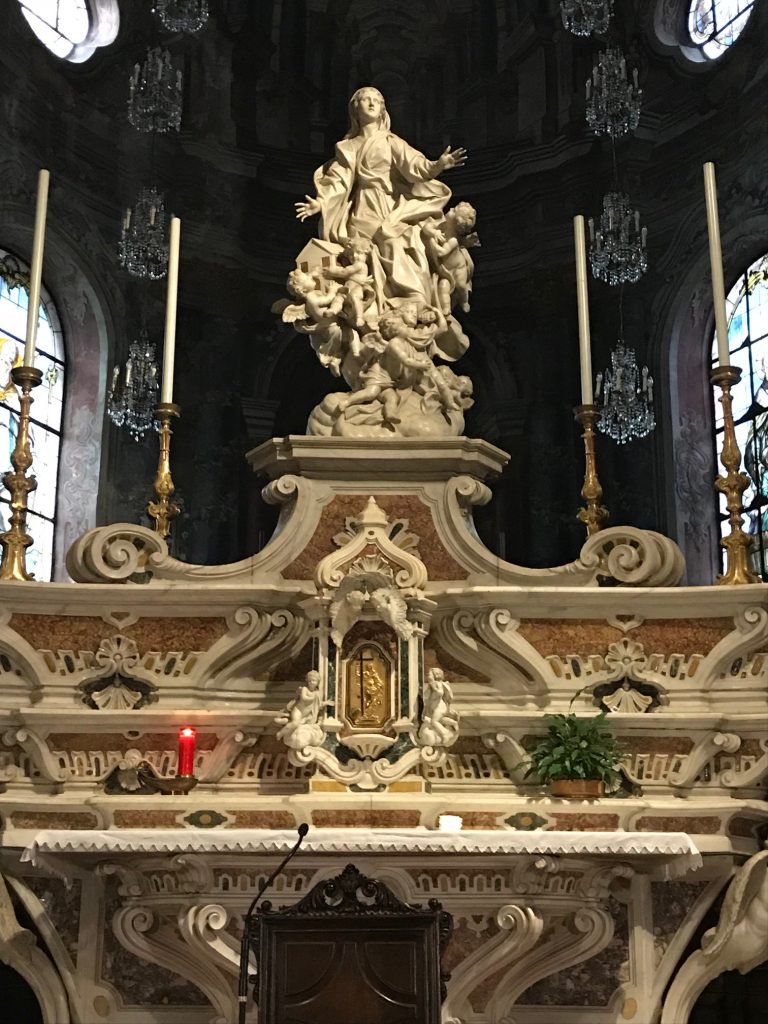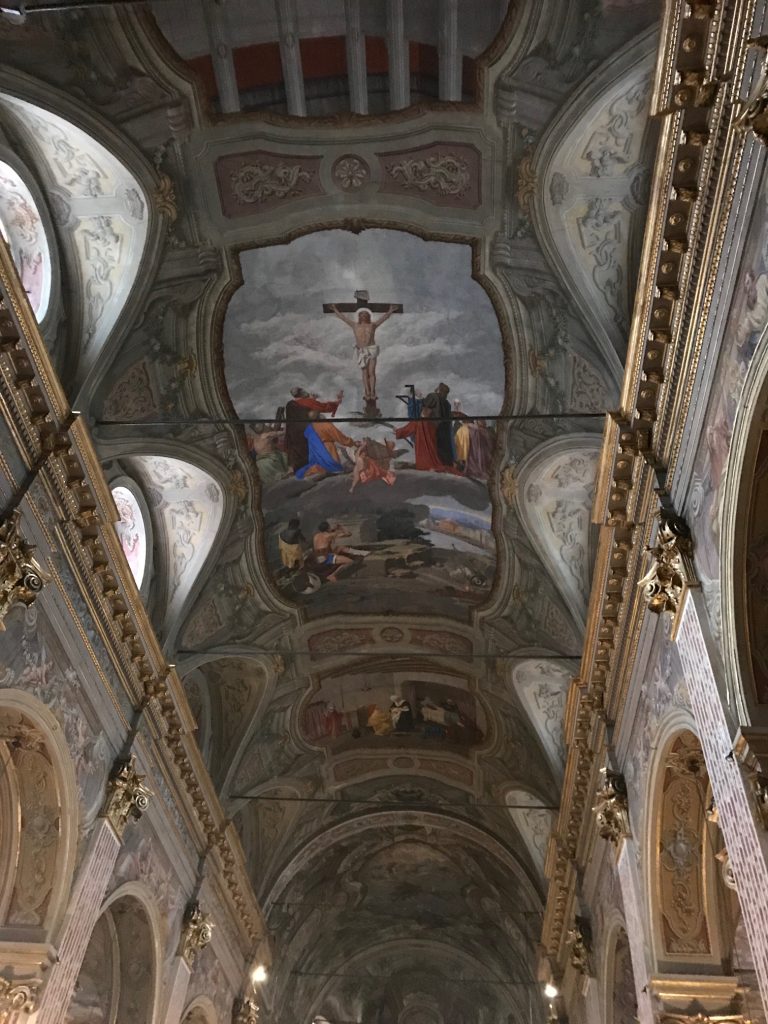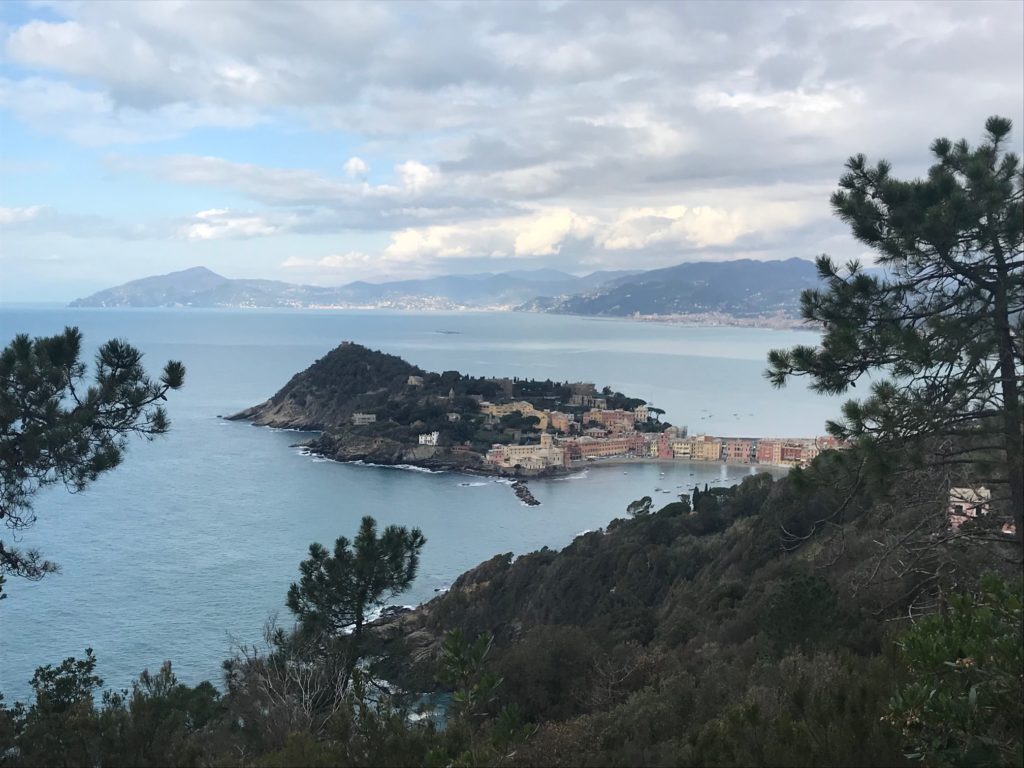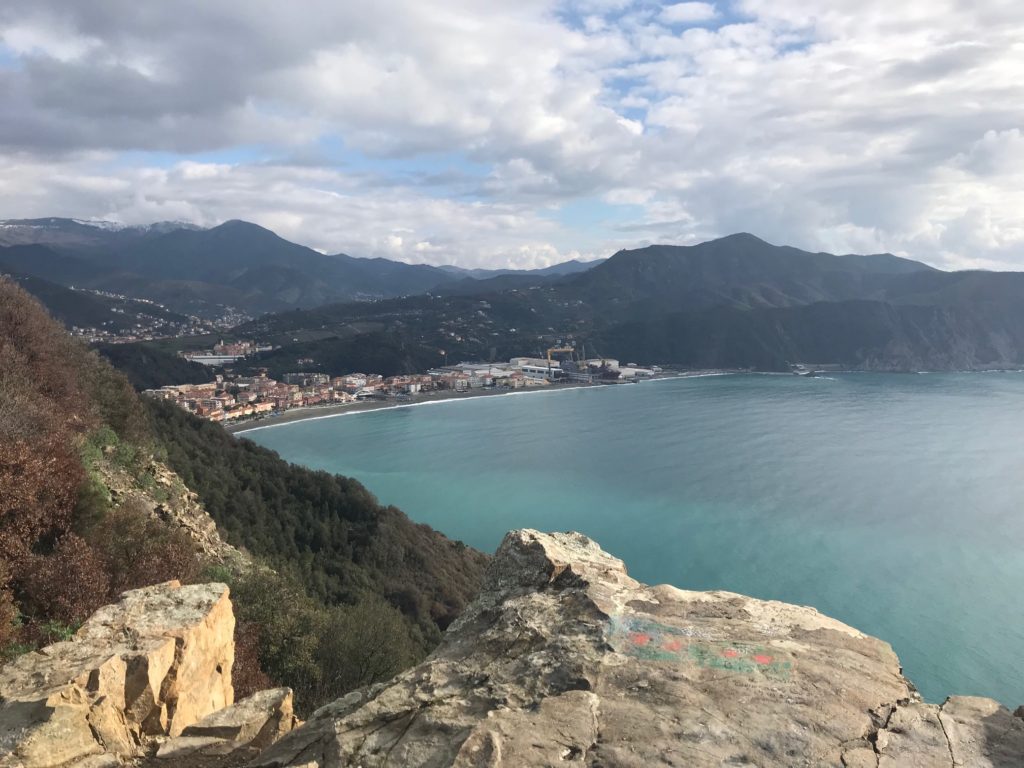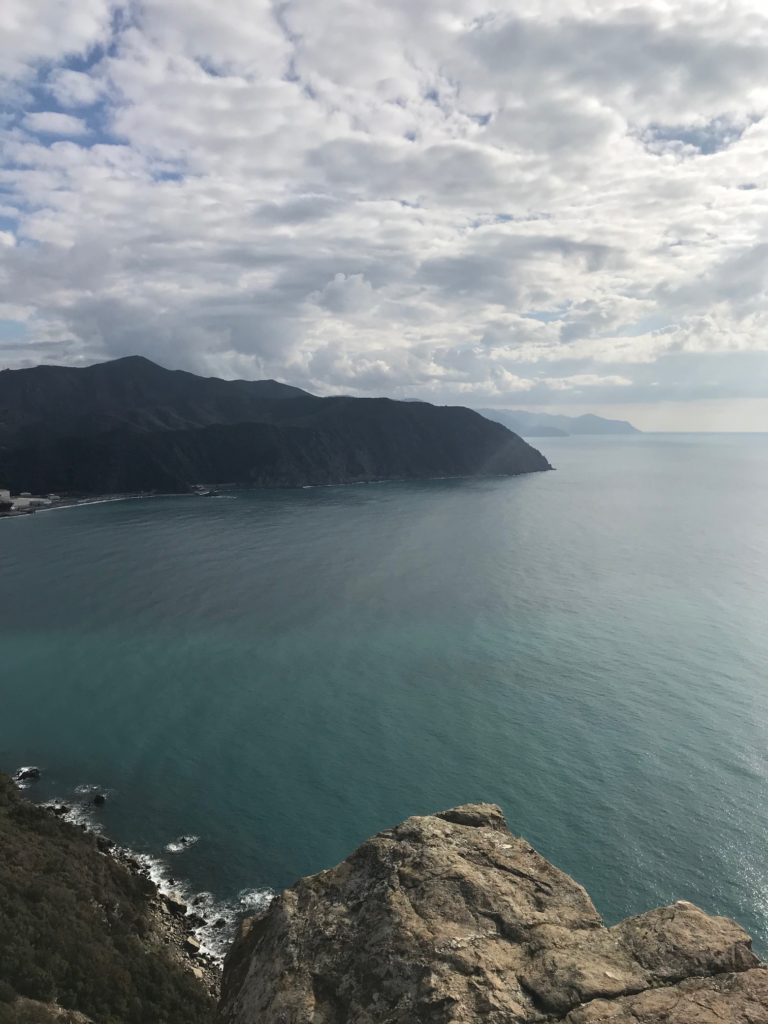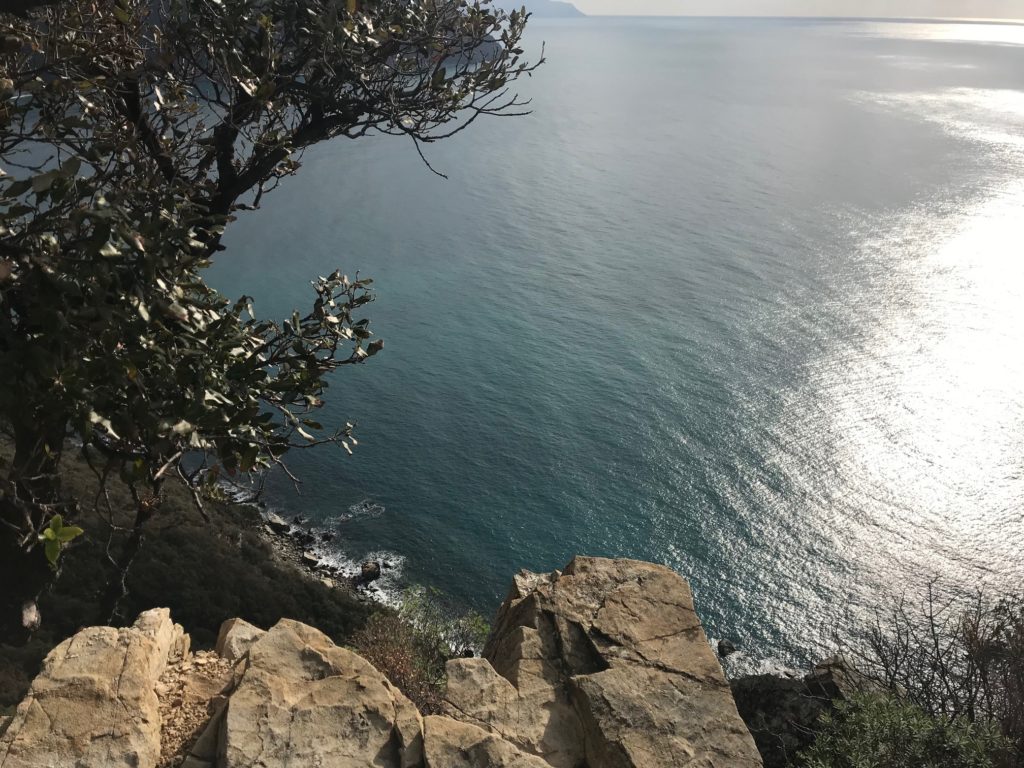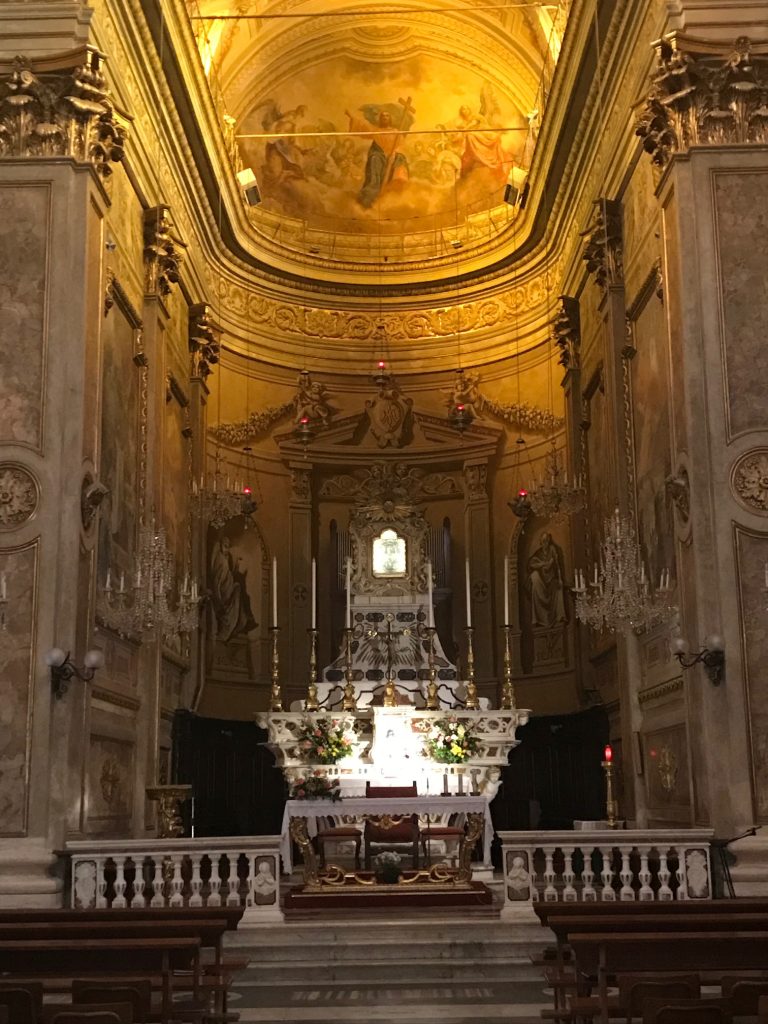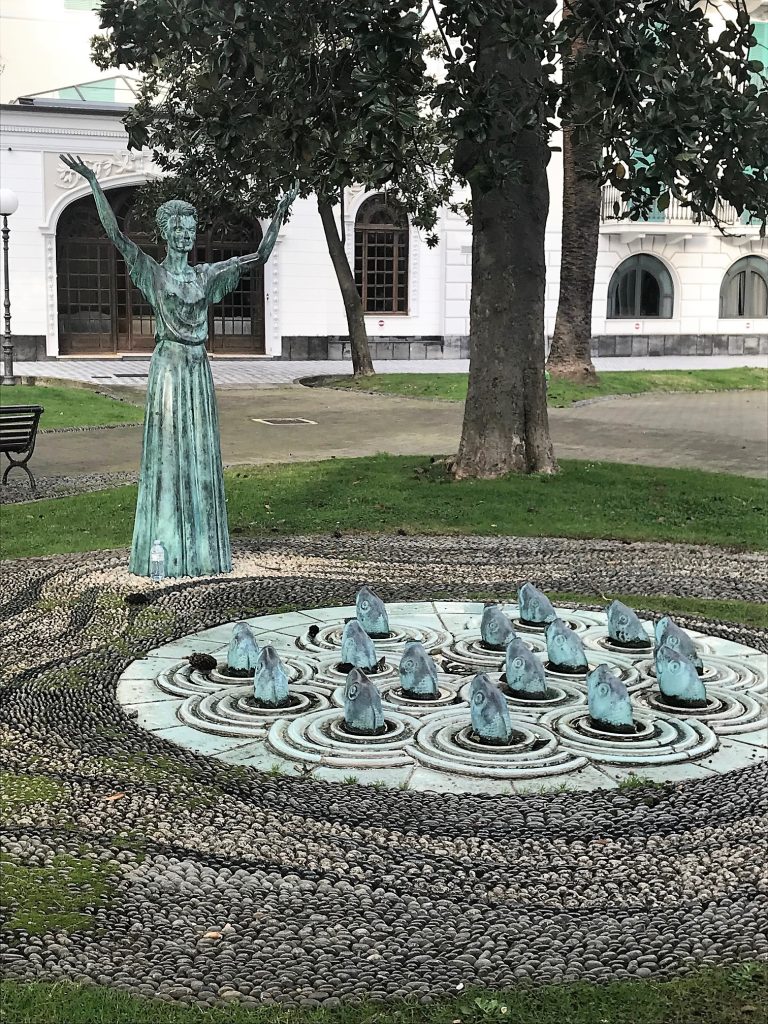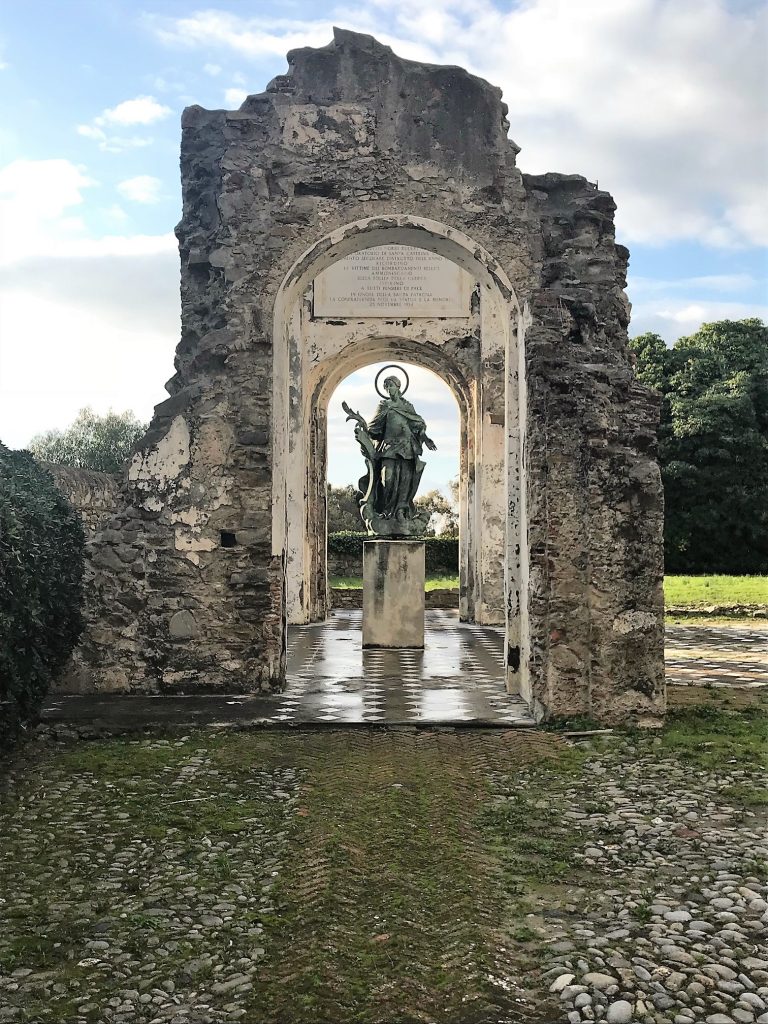Leaving Lago Le Tamerici we drove north; making for Camping dei Fiori, a campsite in Pietra Ligure which I think is part of the Pian dei Boschi hotel complex. We would stay in Pietra Ligure for just one night as we were due in the small French town of Monteux the following day. Vanya had booked us into Monteux’s Hotel Le Blason De Provence, a highly recommended boutique hotel just outside of Monteux on the road to Carpentras. We were going to spoil ourselves for two or three days but more about that later. First, let me write a little about Pietra Ligure. I really liked the place and will most certainly return.
Pietra Ligure is a popular seaside town, half way between Genoa and San Remo, on the Riviera Ponente (part of the Italian Riviera) and it is named after it’s castle perched up on an imposing limestone cliff known as La Pietra (which translates as the stone or the rock in English). There has been a castle on this rock since the time of the Roman Empire but the current structure dates from the 16th century.
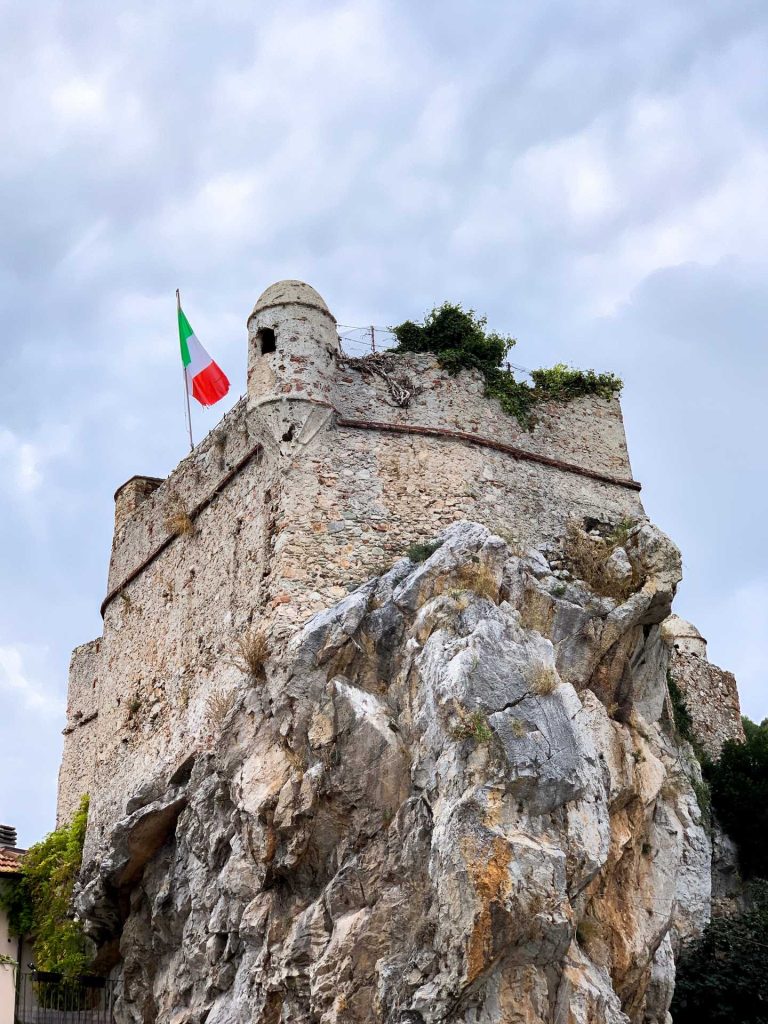

It took just 10 minutes to walk from Camping dei Fiori to the beach and another 5 minutes to reach Pietra Ligure’s historic old town (the largely medieval Borgo Vecchio)… and what a little gem it is!
Hemmed in between the sandy beach and a series of low hills which form a backdrop along much of this coast, the old town is built mostly of a pastel coloured stone and comprises numerous narrow shaded alleys (known as ‘caruggi’ in this part of the world), many of which are topped with arches and lead through or to small squares or courtyards. Interspersed with shops and cafe-bars and almost entirely pedestrianised, the caruggi are brimming with character and lend the town a very local flavour and feeling. I love them.
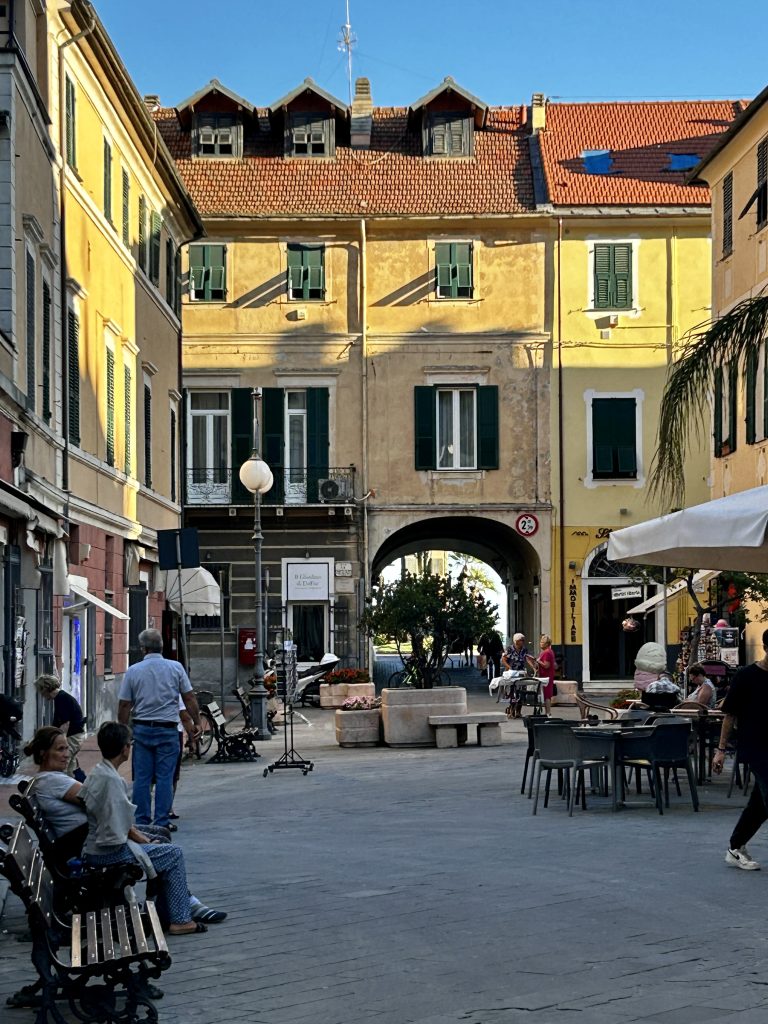

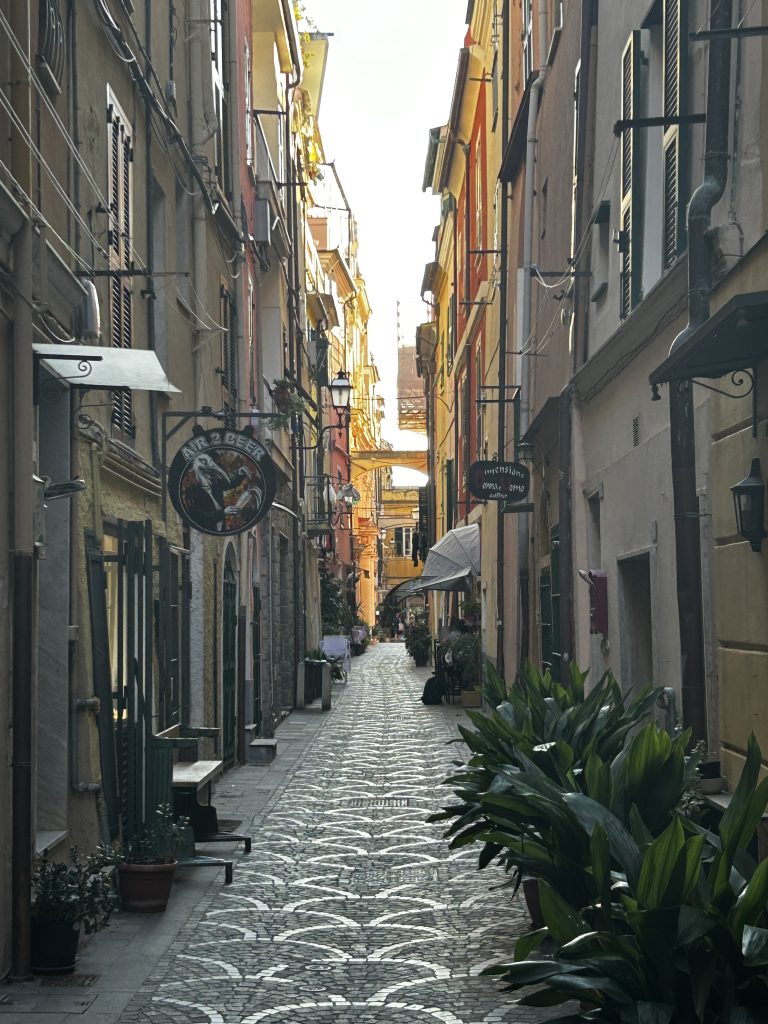
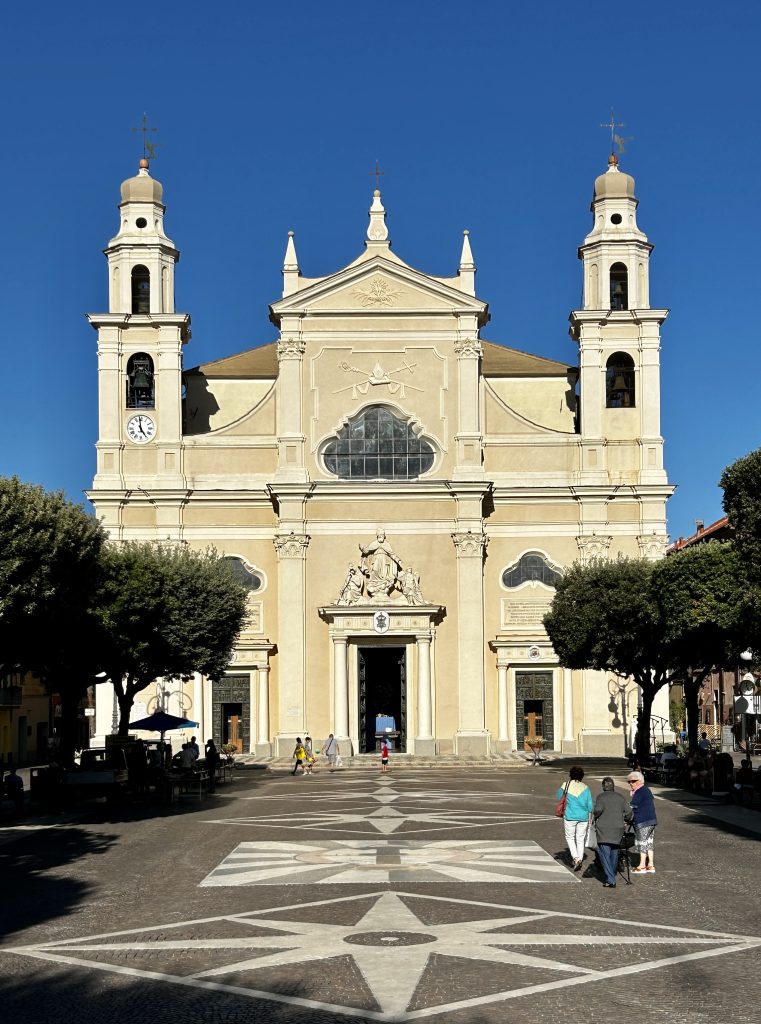
At the centre of the Borgo Vecchio, on the town’s main square (the Piazza San Nicolo di Bari) is an elegant, cream coloured, Romanesque style church – the Basilica of San Nicolo di Bari. Inside its beautifully carved doors this church is sumptuously decorated with sculptures and stunning artwork. The inside of some churches that I have seen during these tours have been overelaborate, almost gaudy, but this is a jewel of a church and no photos I took can do it justice.
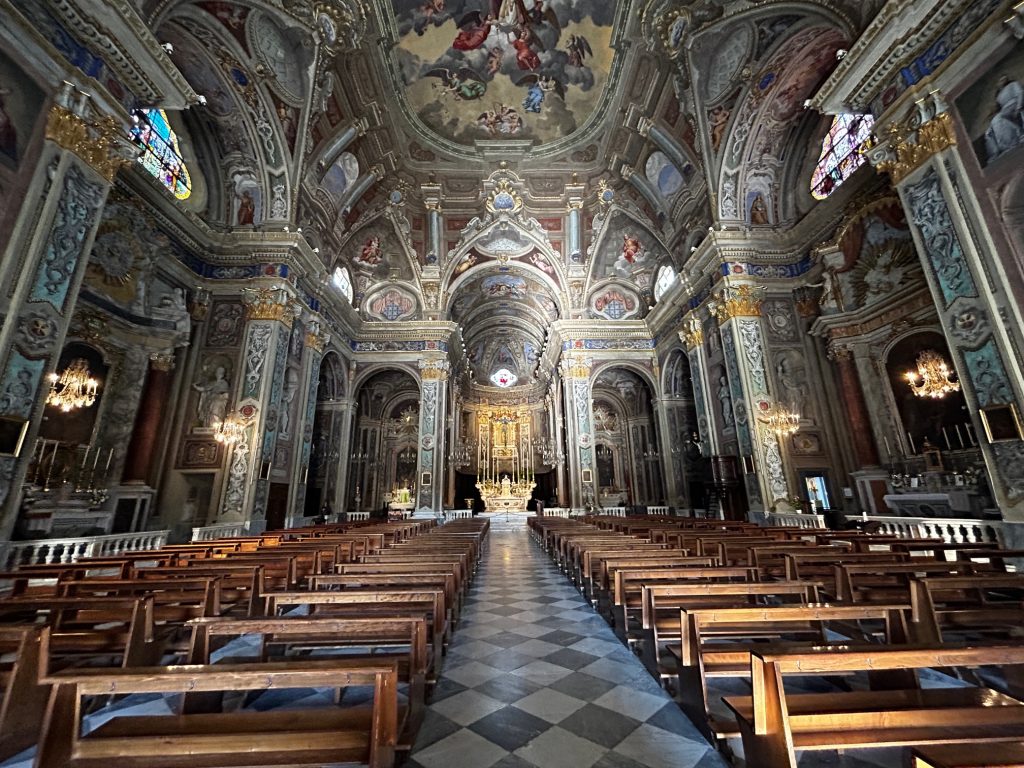
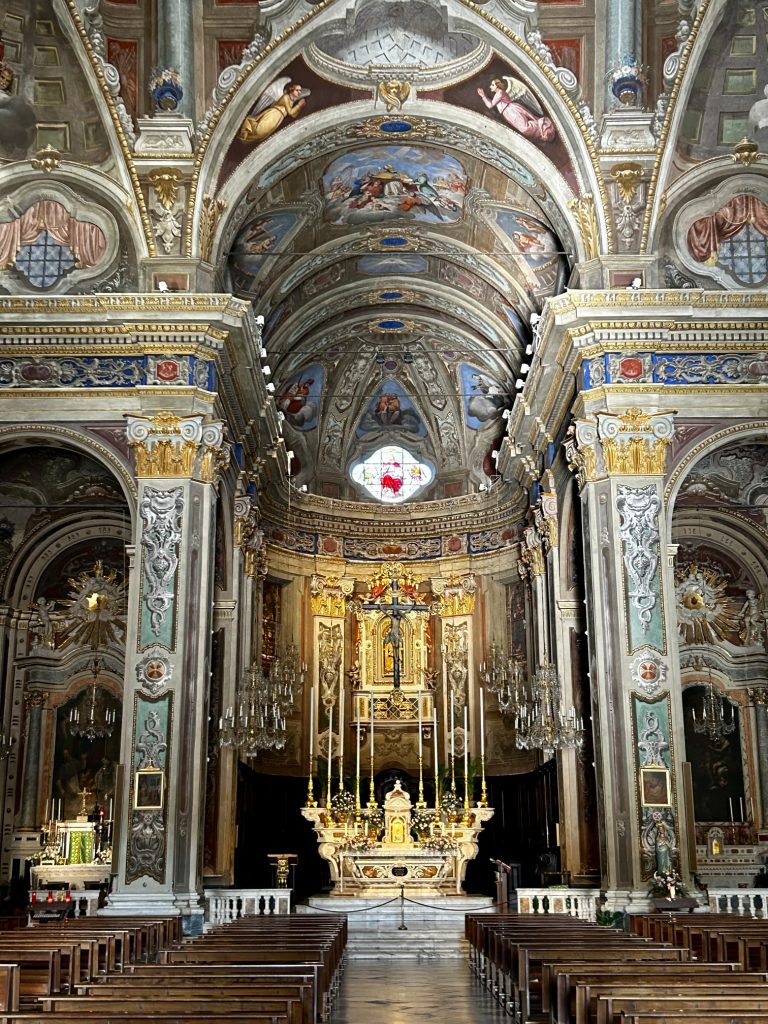

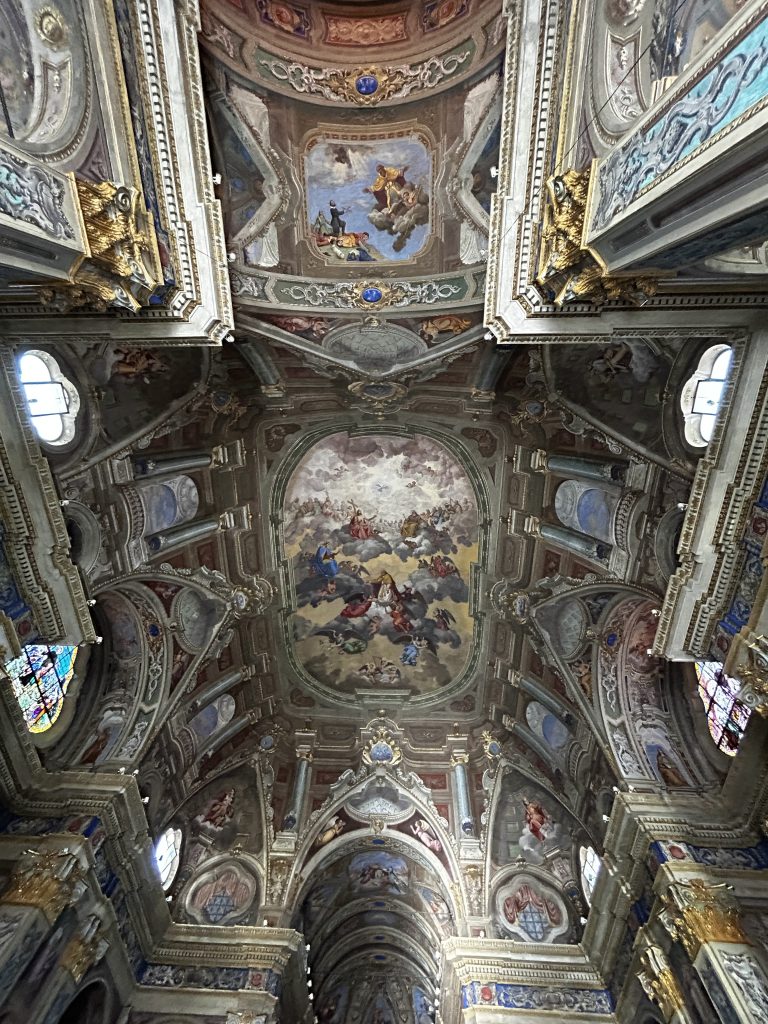

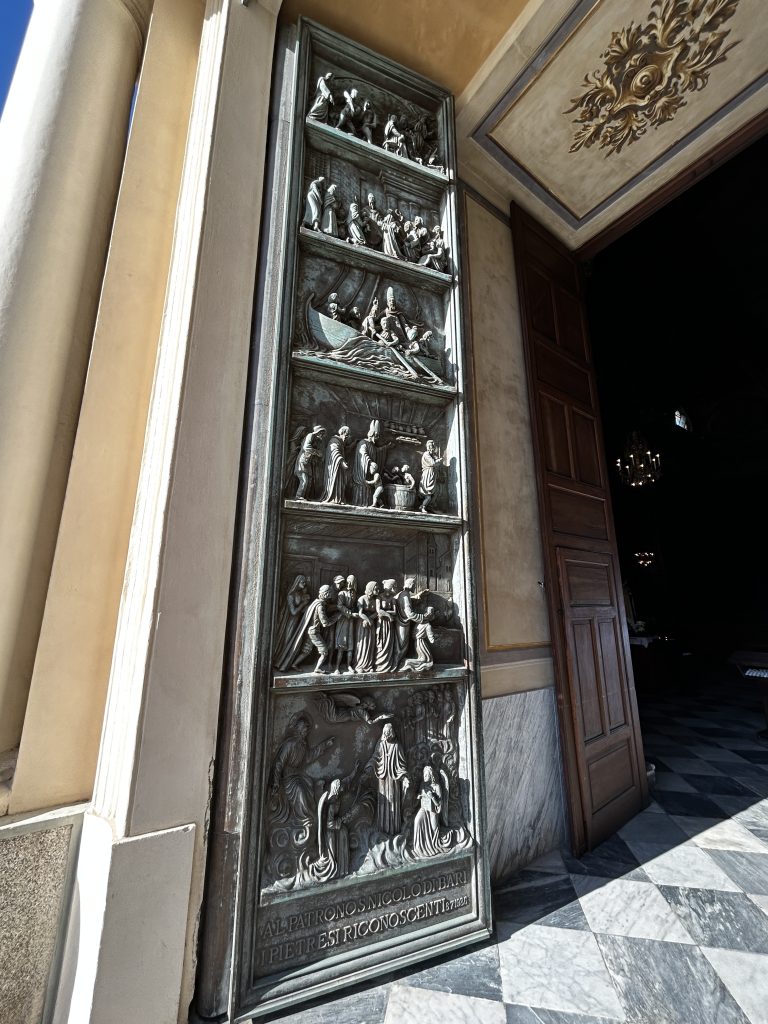

Pietra Ligure is not a large town (just 8,000 residents outside of summer) and it didn’t take long to explore the Borgo Vecchio. I knew too that I would be returning later in the day with Vanya and so, after tearing myself away from the Basilica, I made my way on the beach and then on to the Borgo Nuovo (the new town).
I was most impressed with the beach area. There’s a long sandy blue flag beach, a sizeable pier from which numerous anglers seemed to be enjoying themselves and a wide seafront promenade lined with palm trees. Most important, given Italy’s proclivity towards private beaches (regular readers of this blog will know that I abhor private beaches), Pietra Ligure has determined that a large central part of the beach should be open to the public. Moreover, the town has at least one and possibly two dog friendly beaches complete with dog showers. Respect!

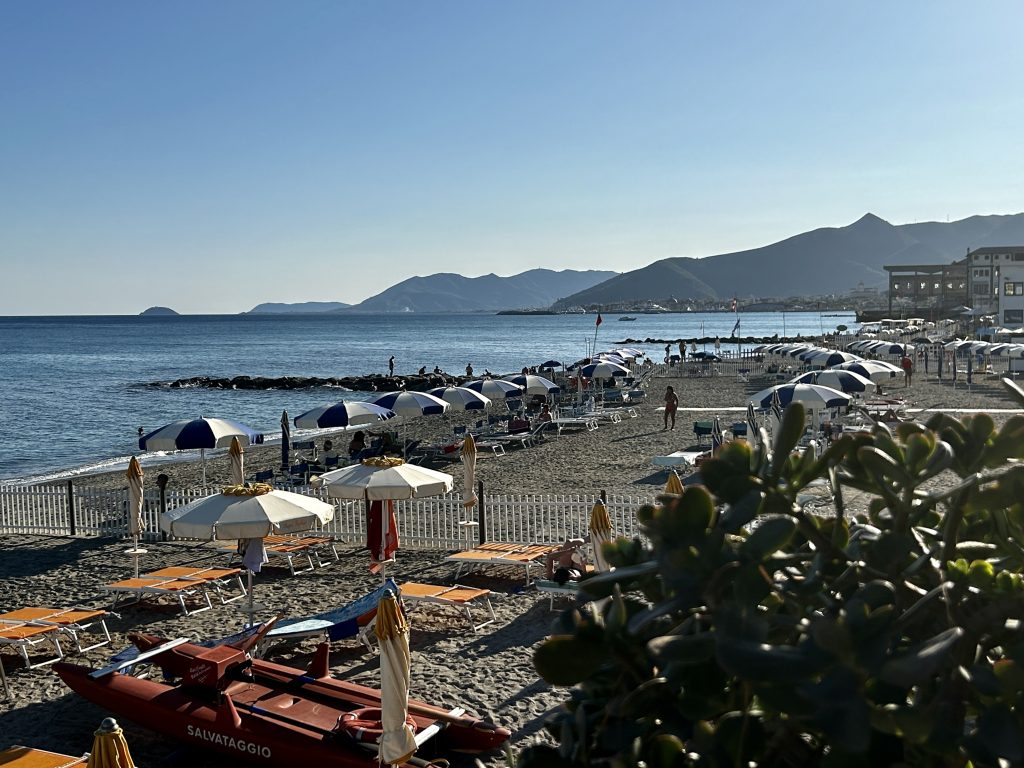
The next day, we were moving on into France. Sadly, we didn’t have time before leaving to return just a few kilometres back down the coast to visit two of Italy’s most beautiful villages – the Borghi piu Belli d’Italia of Borgio Verezzi (with it’s Valdemino Caves) and Finalborgo (with it’s annual medieval festival) but, we’ll be back.
On to Monteux…

